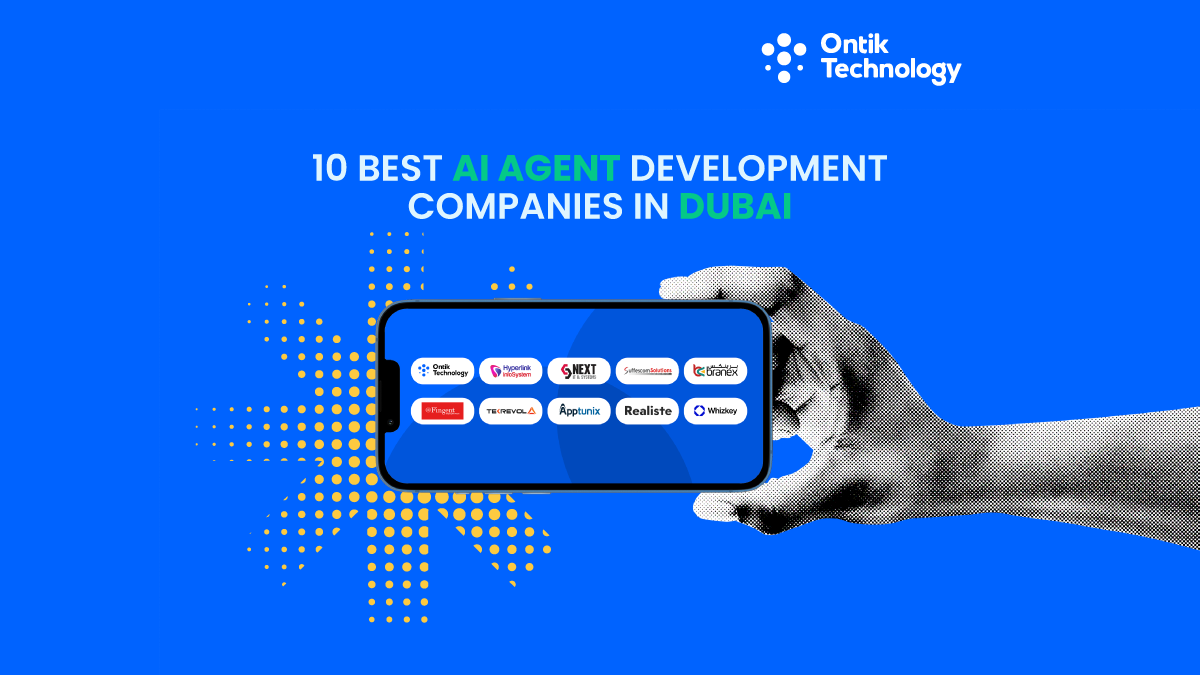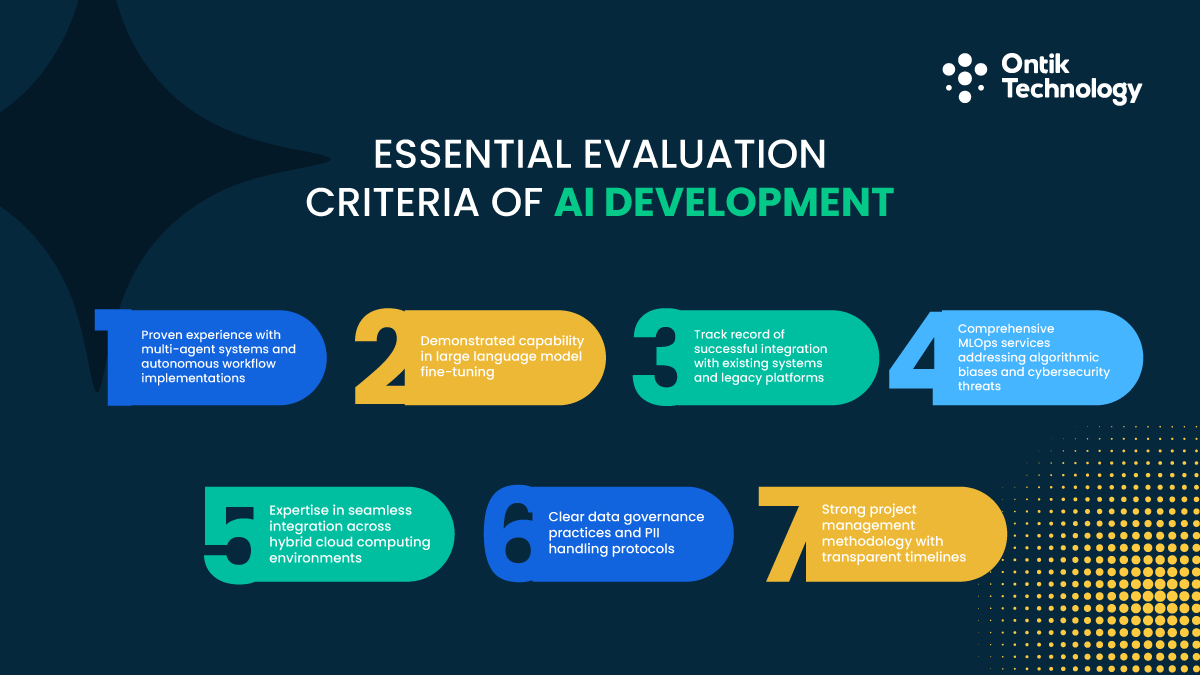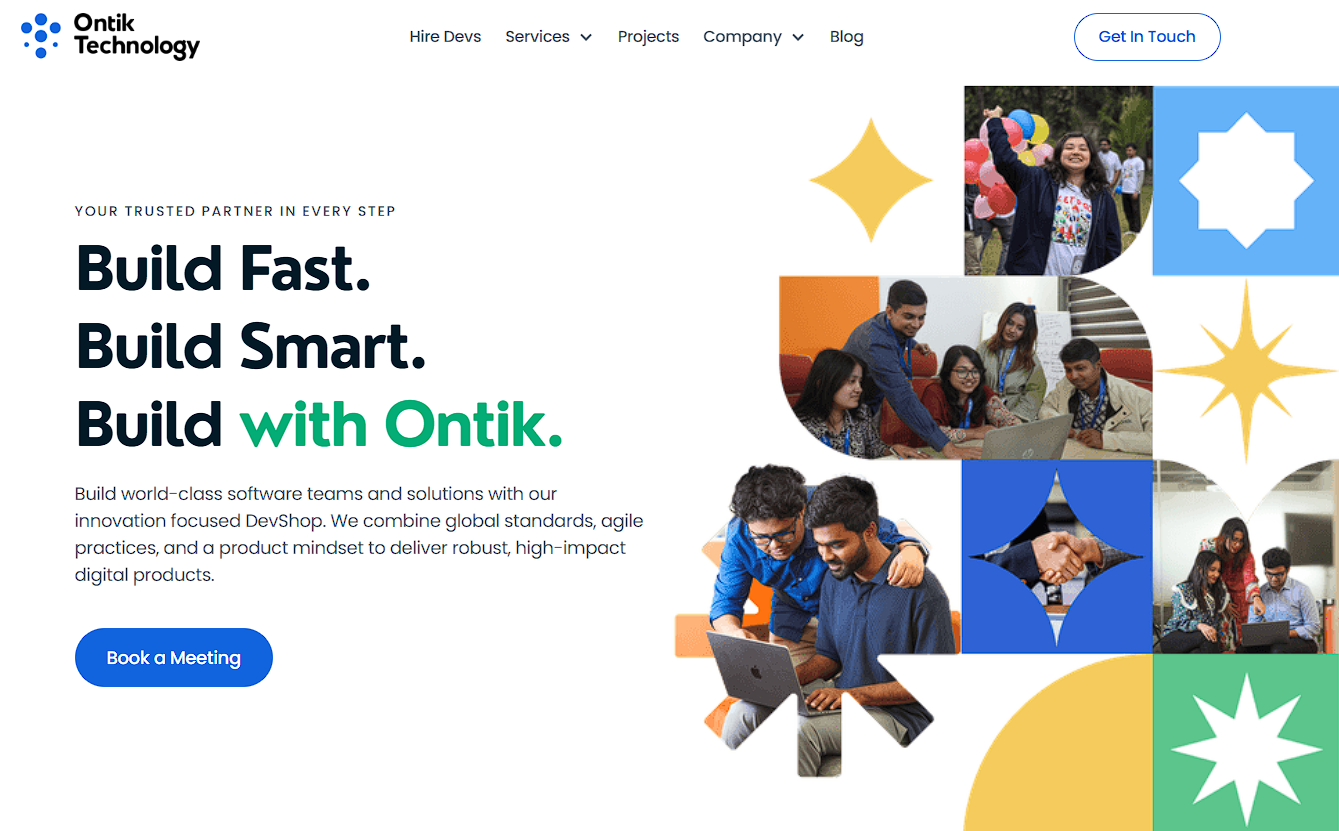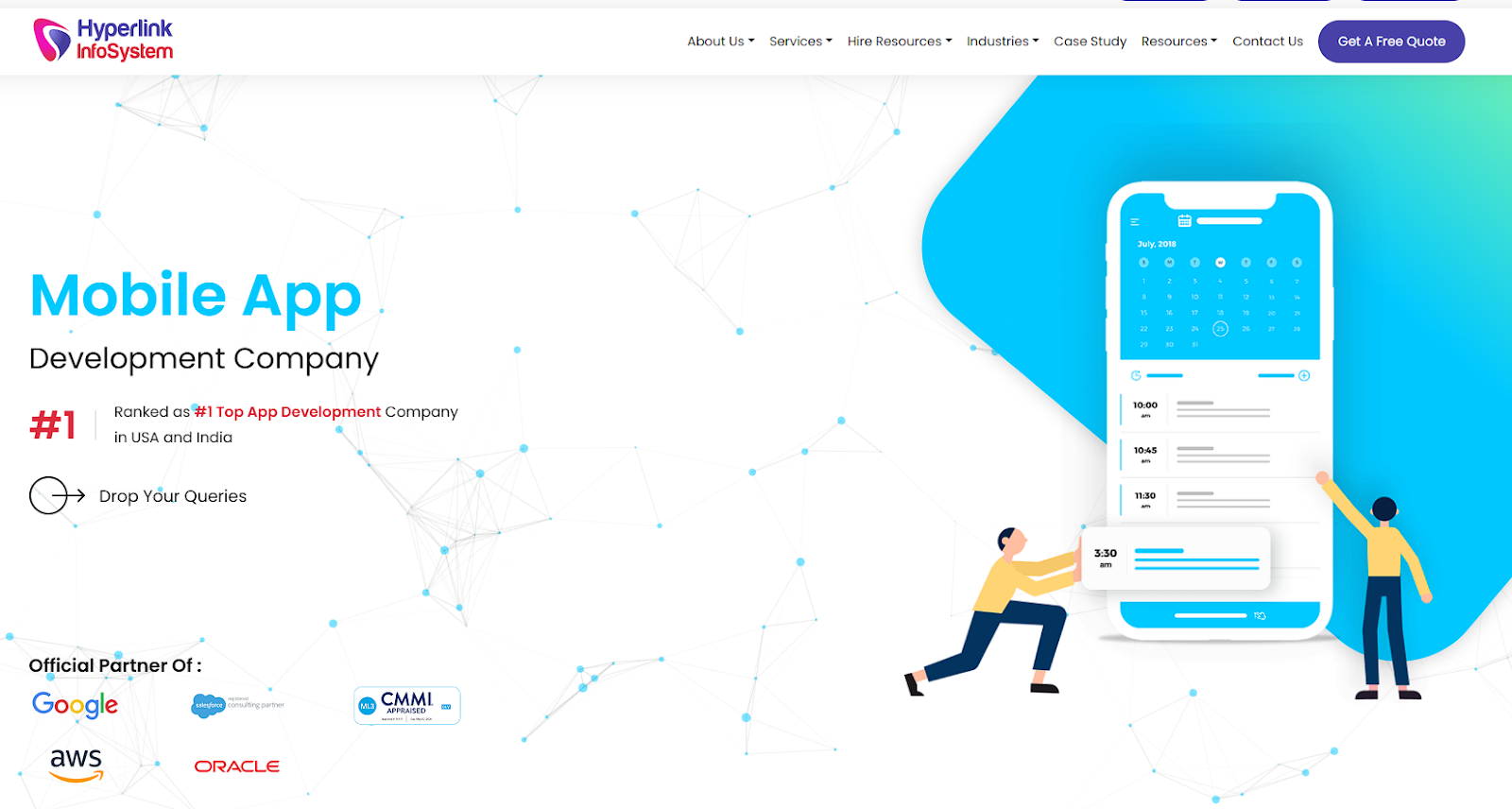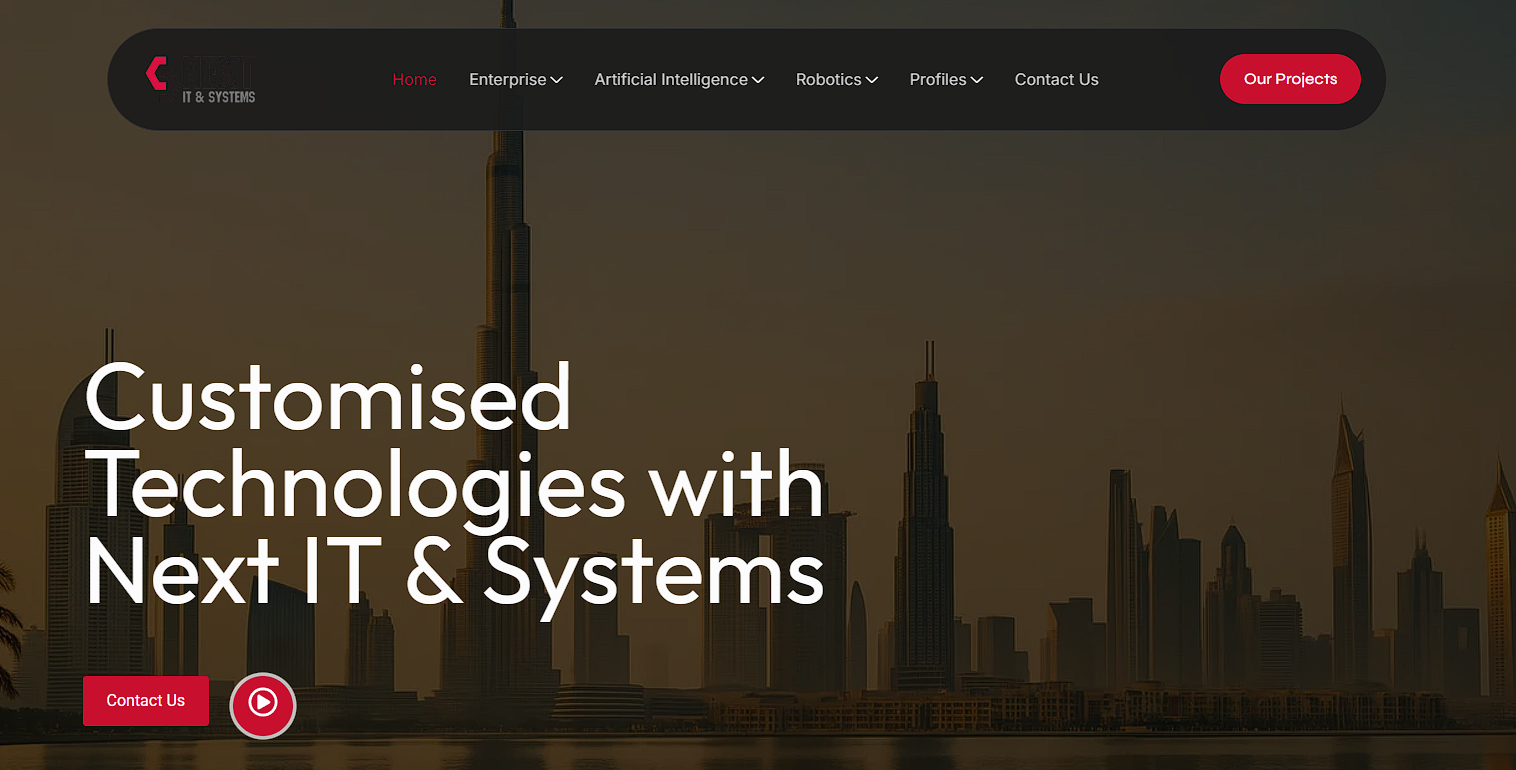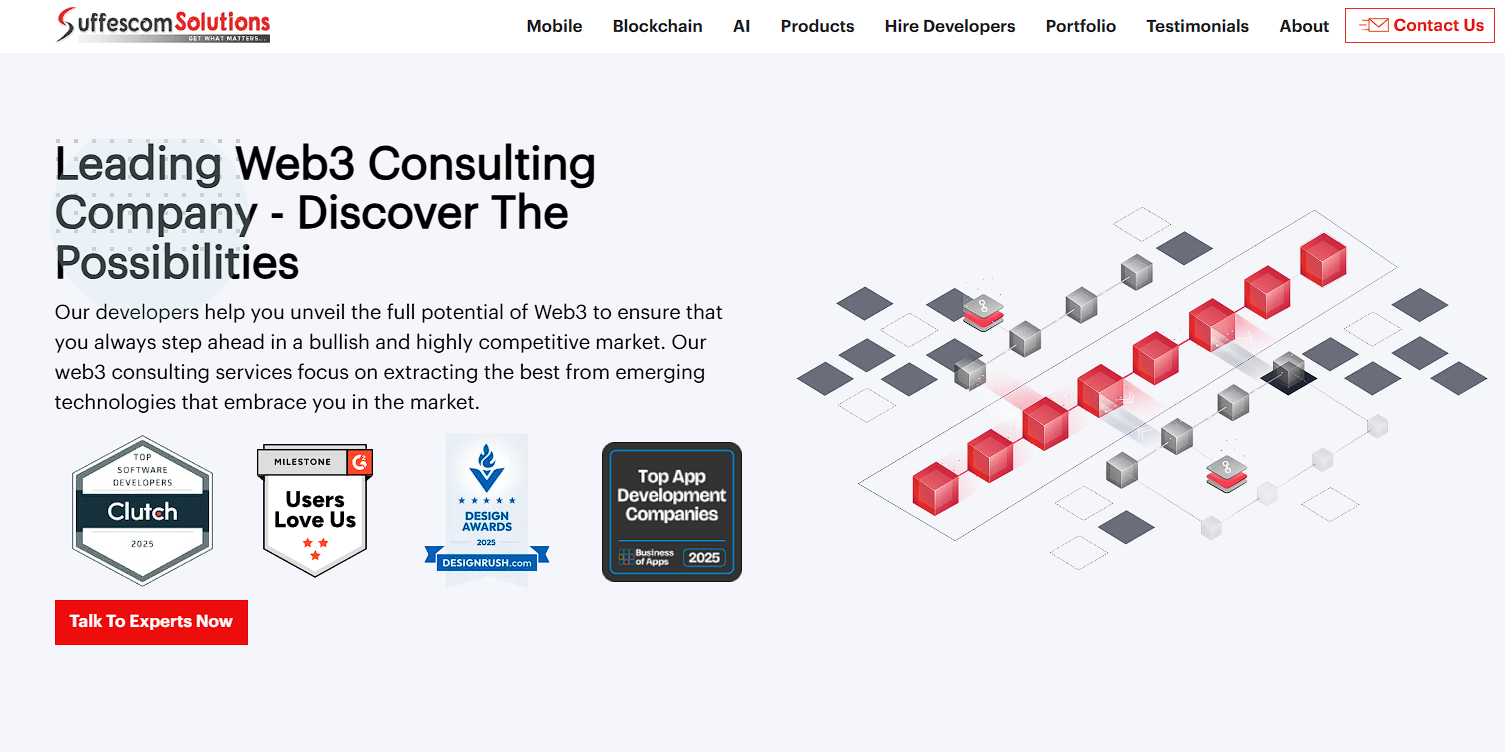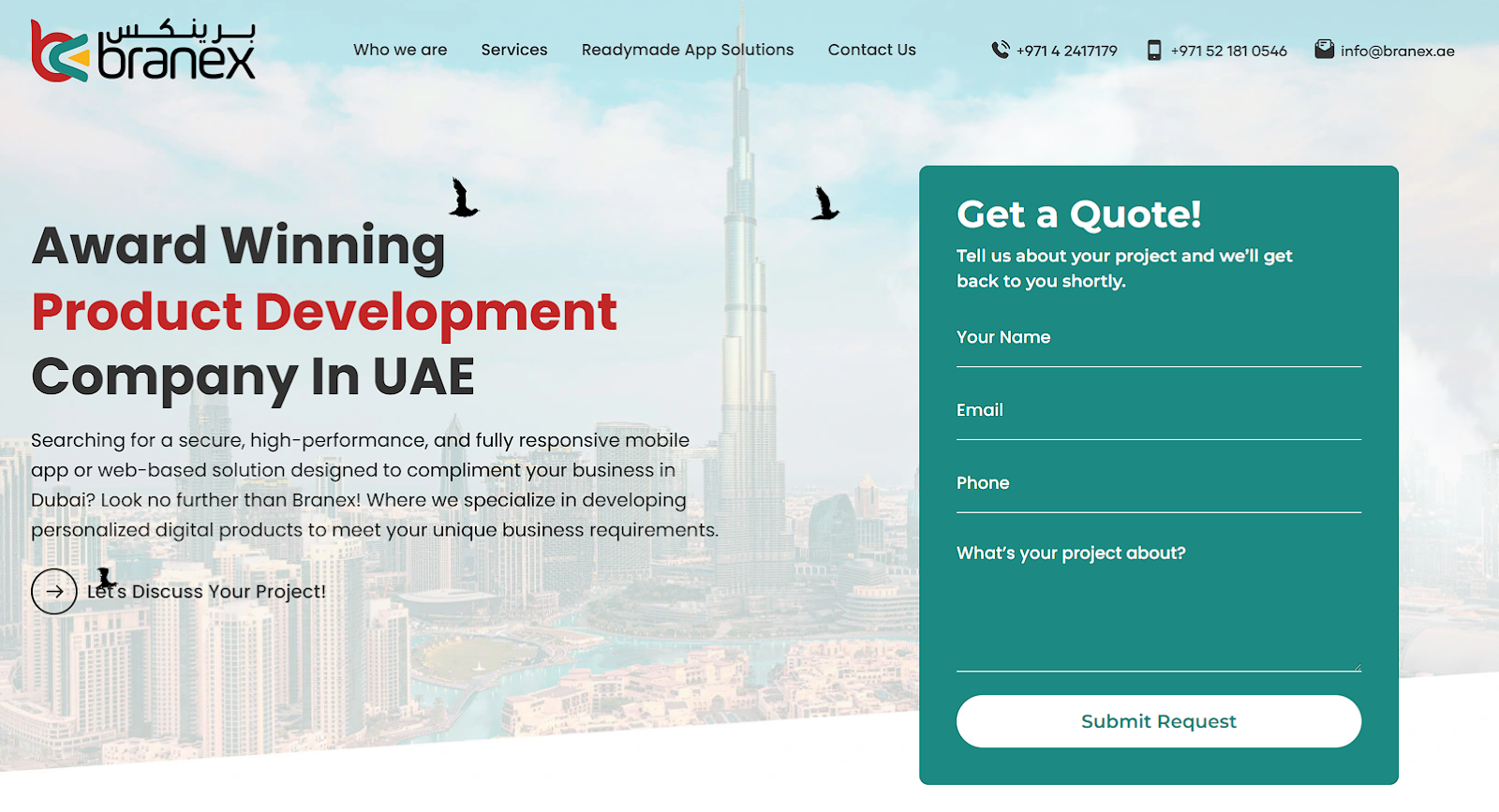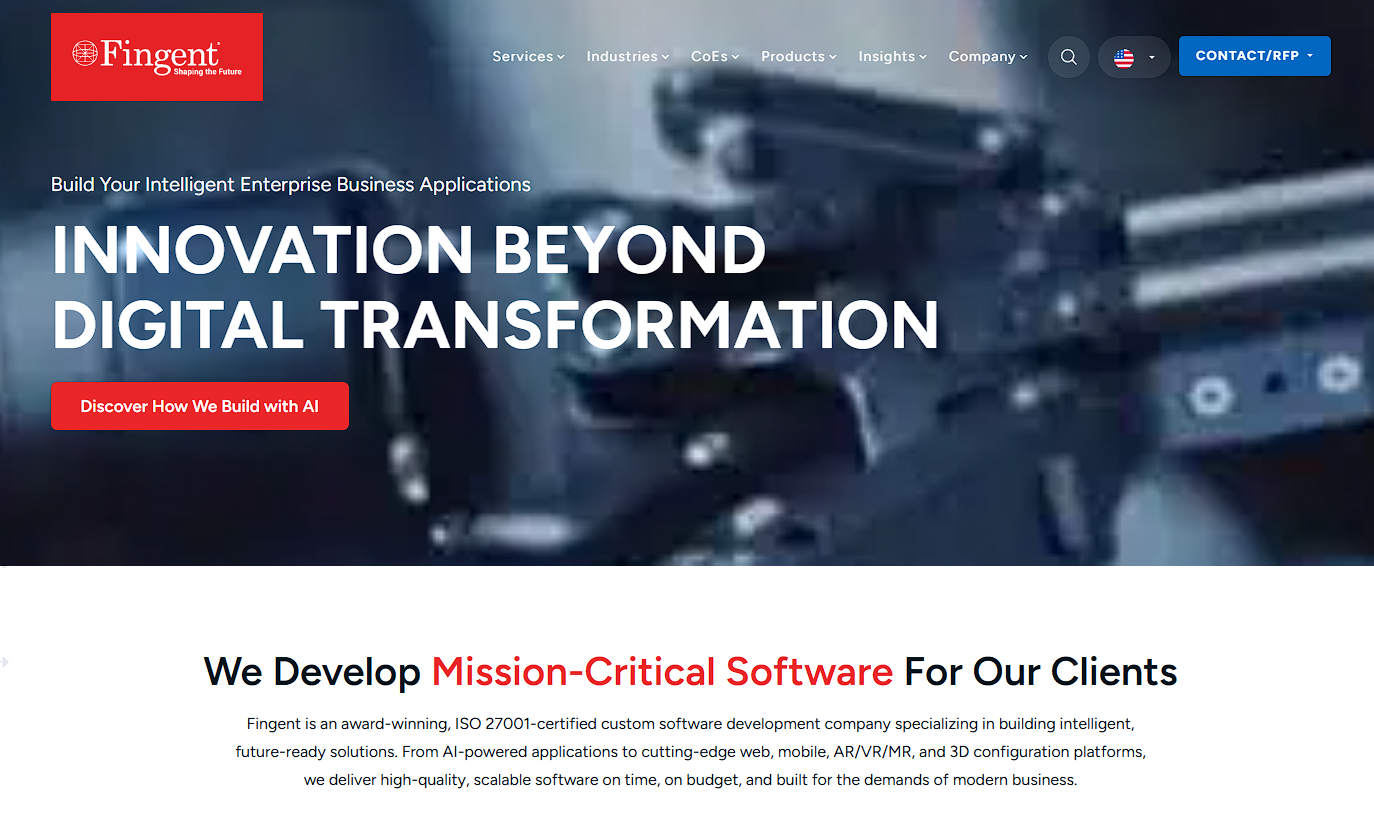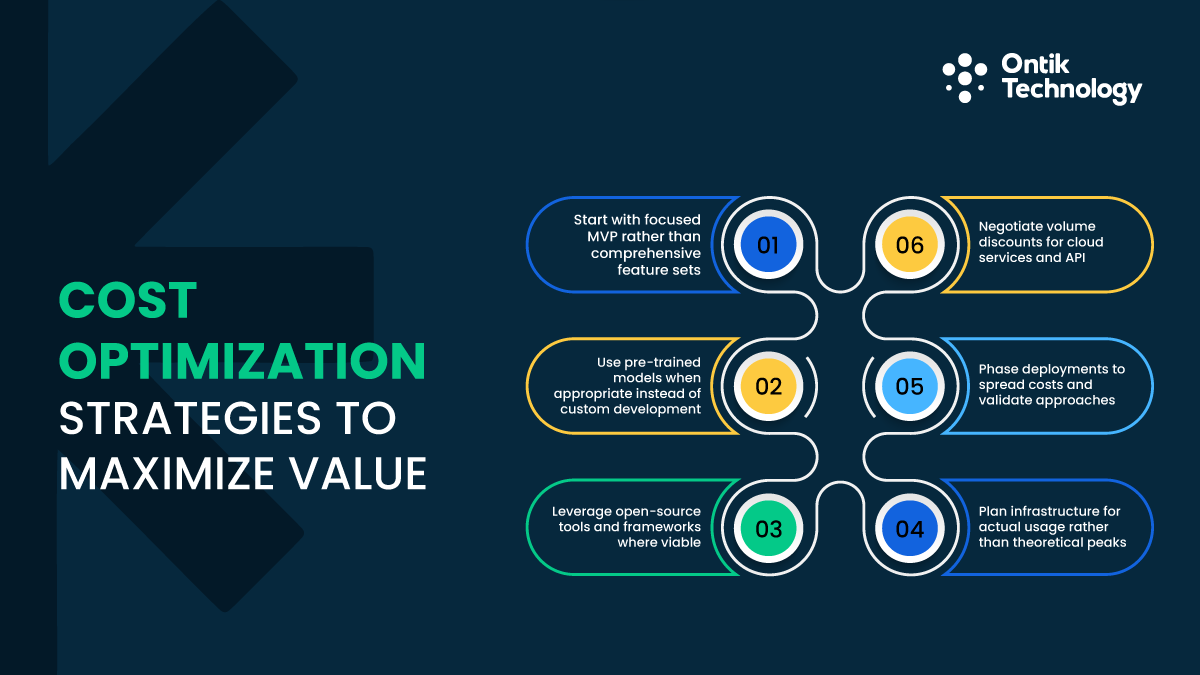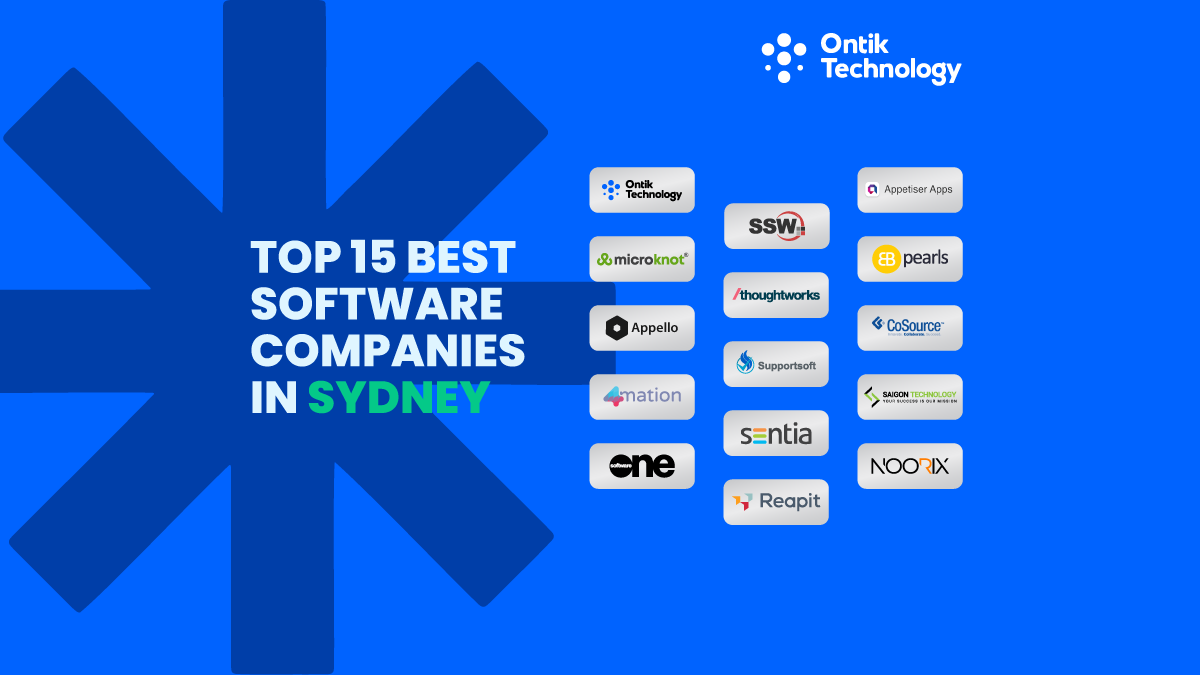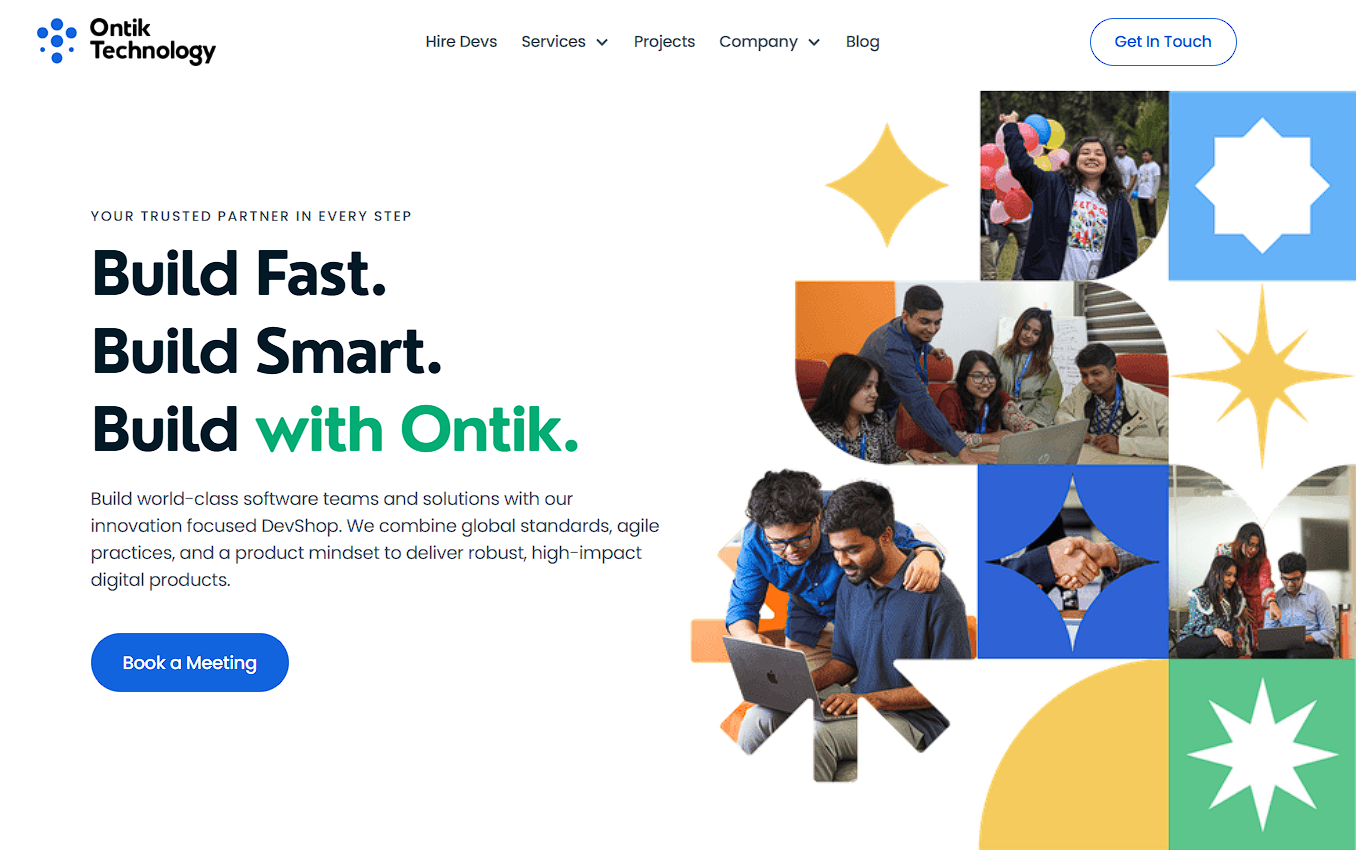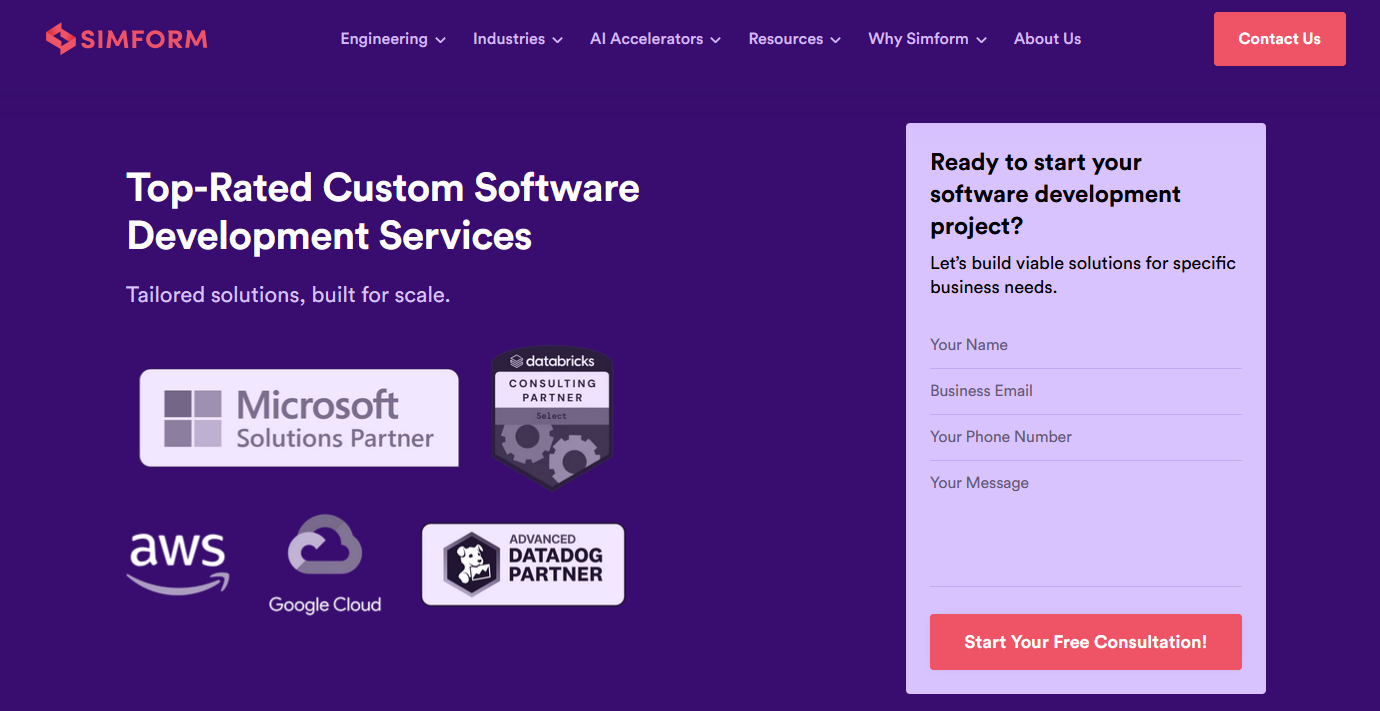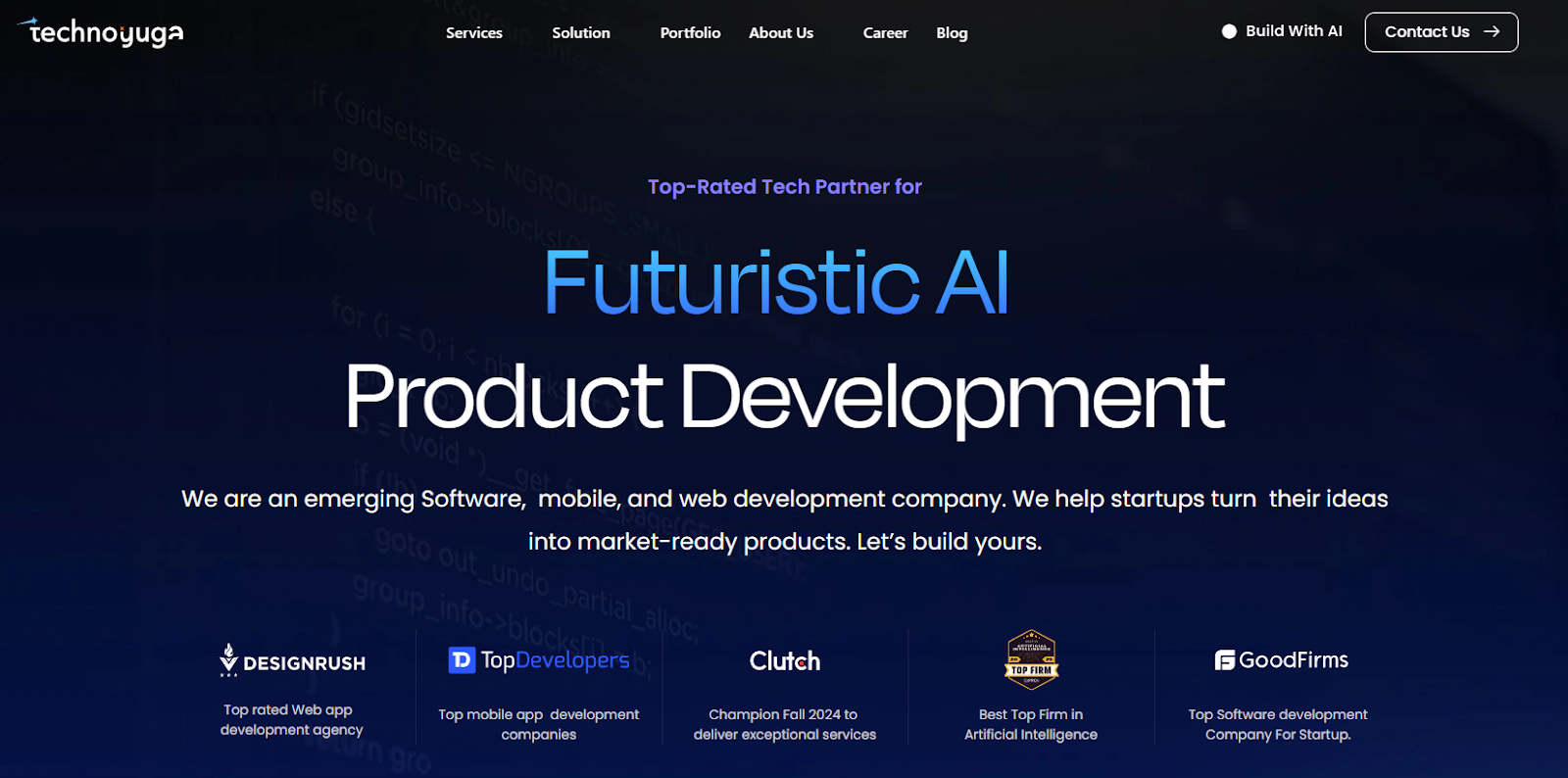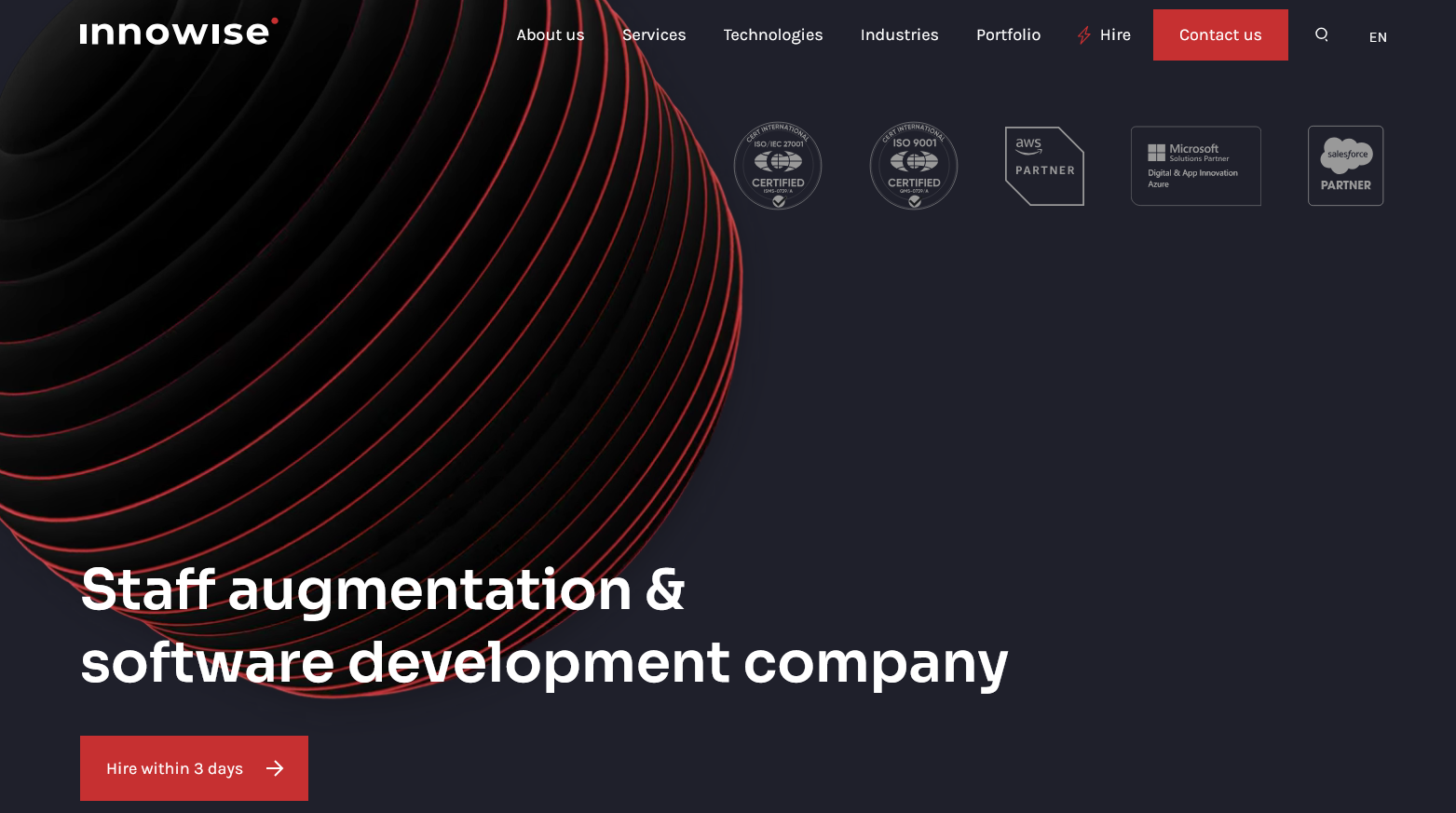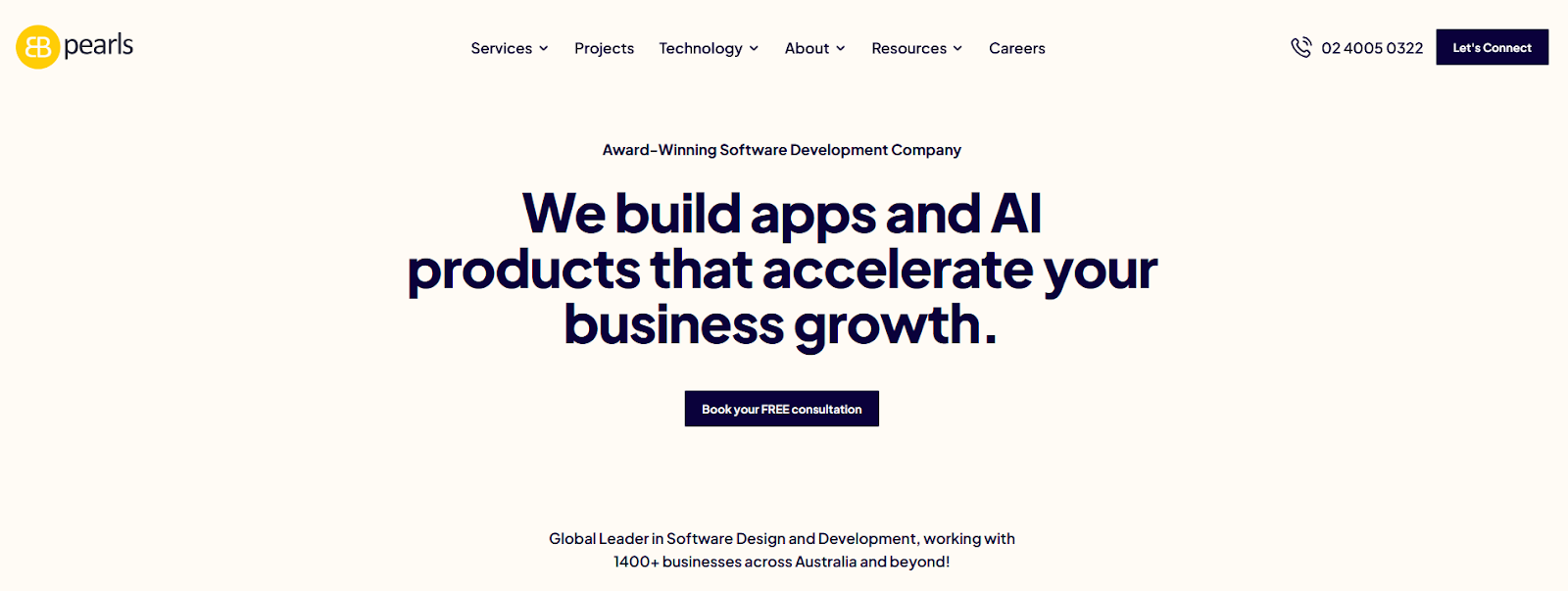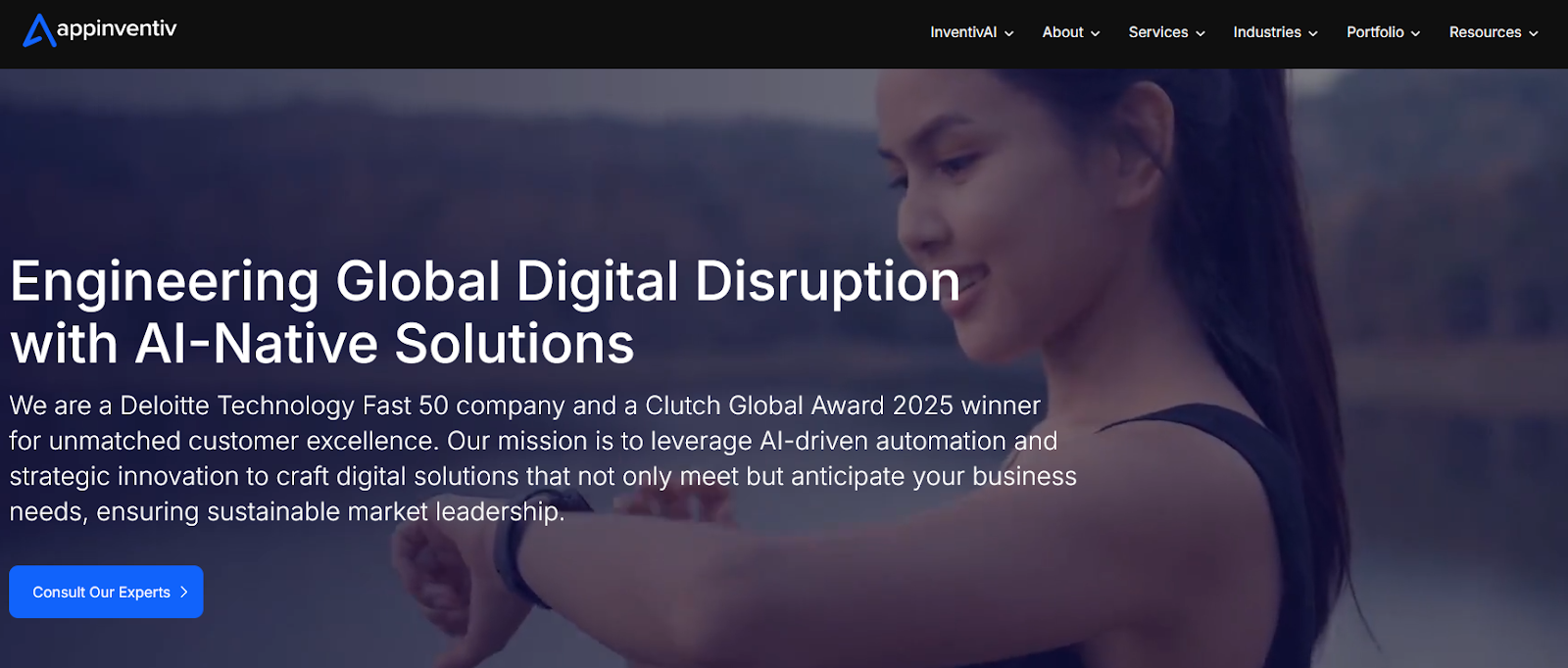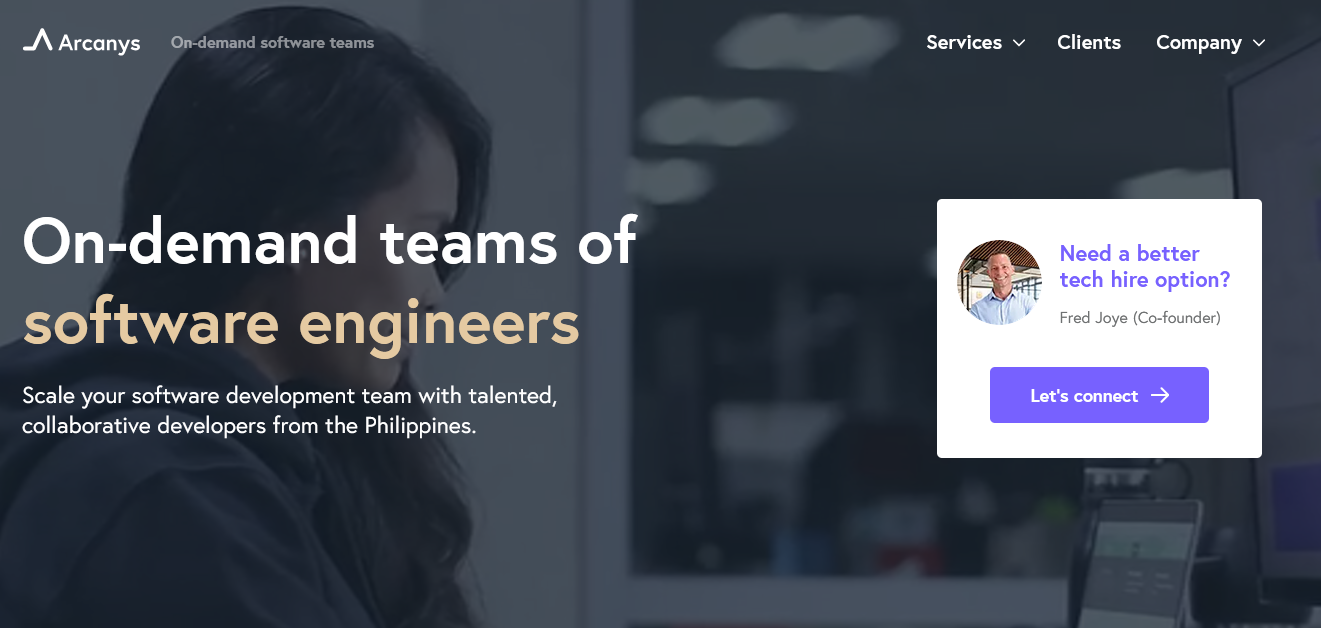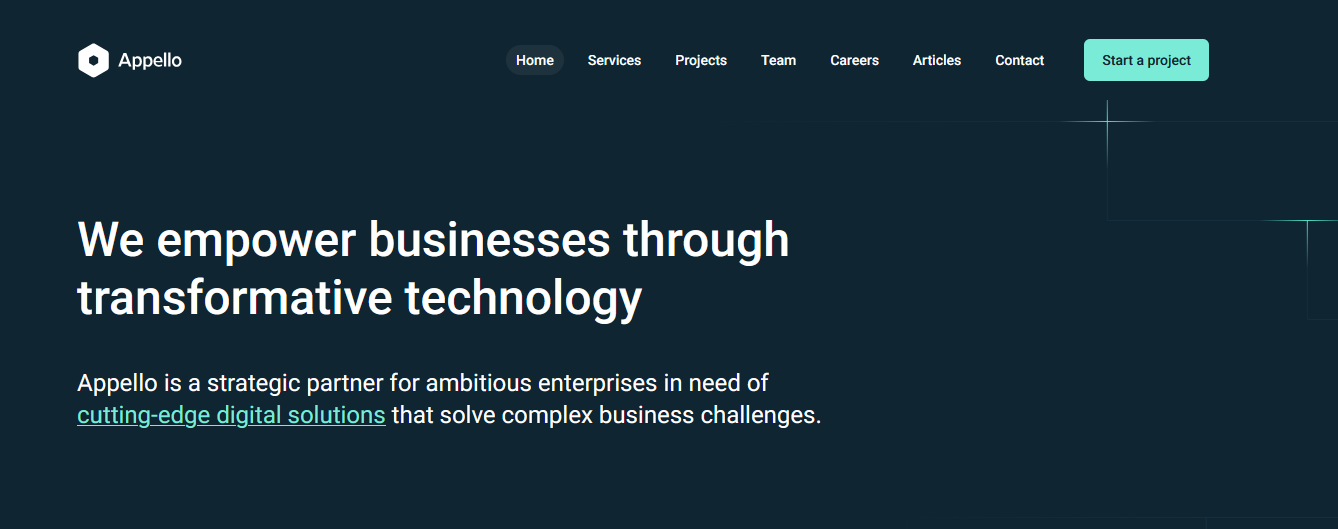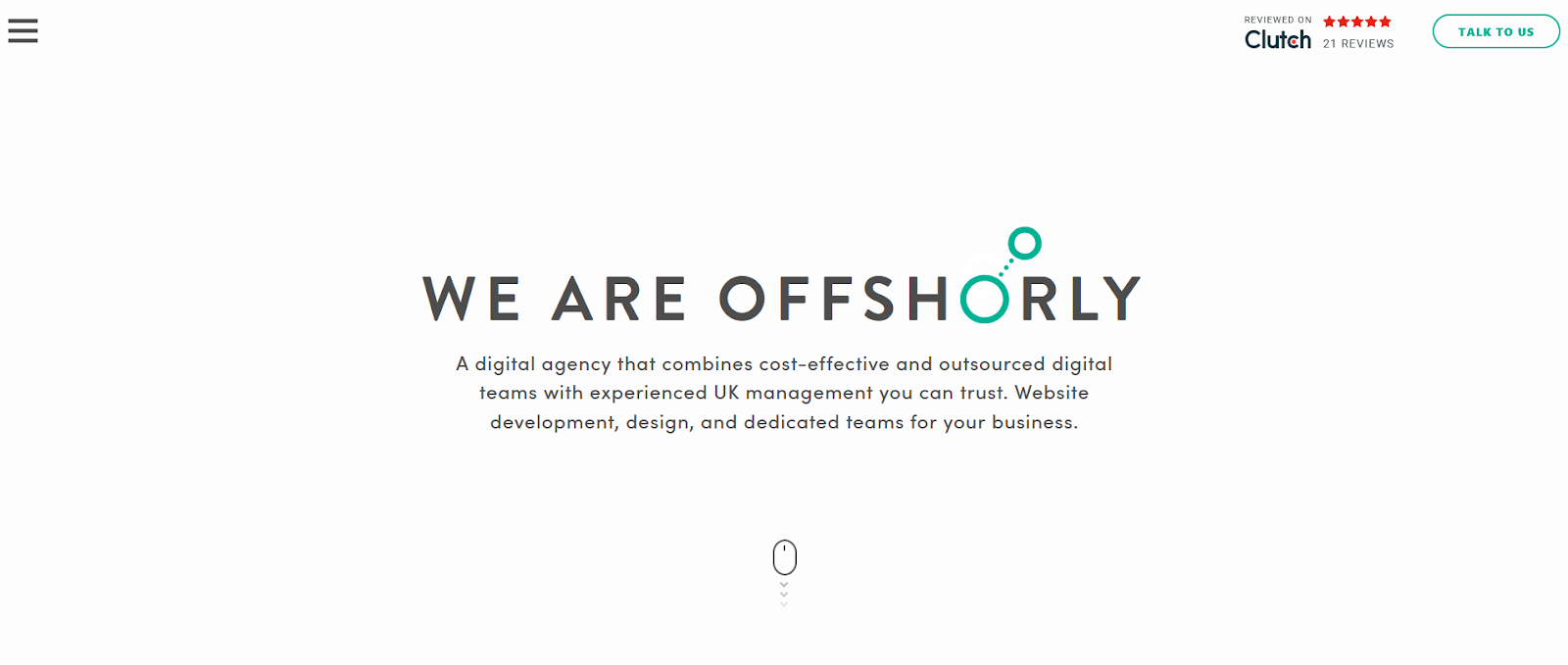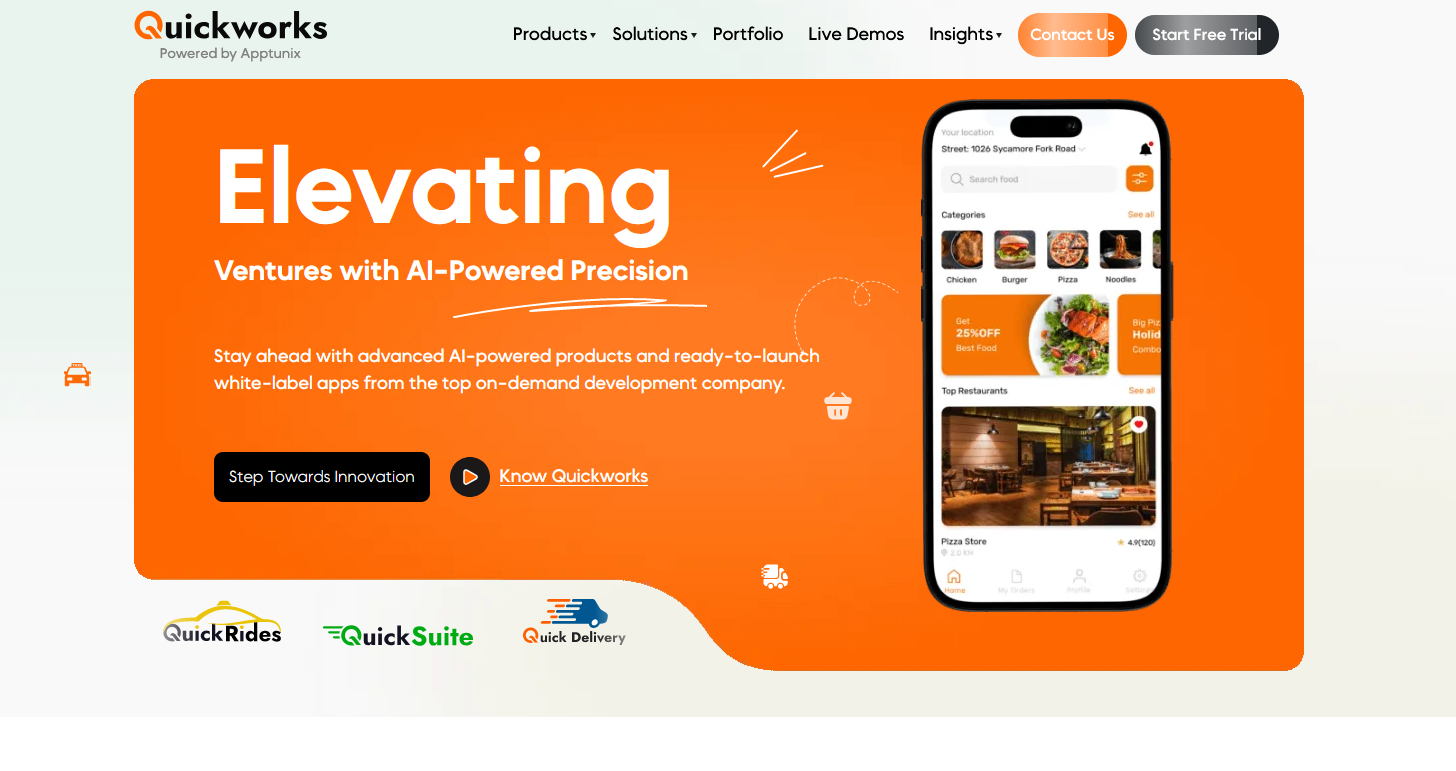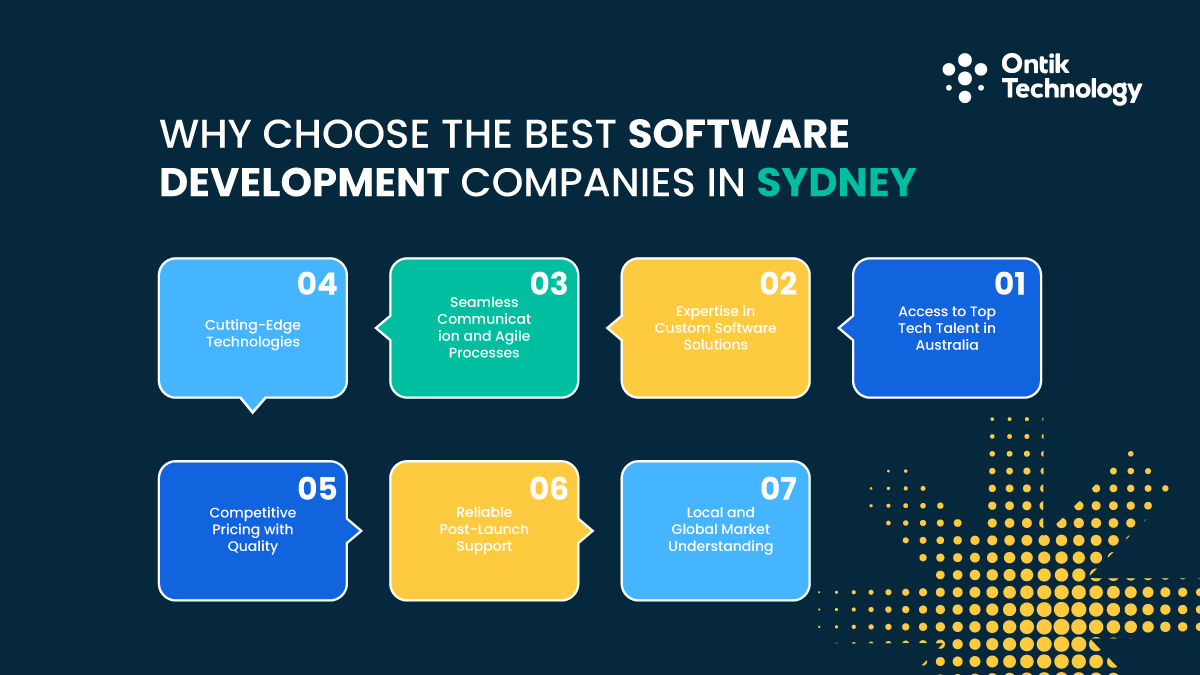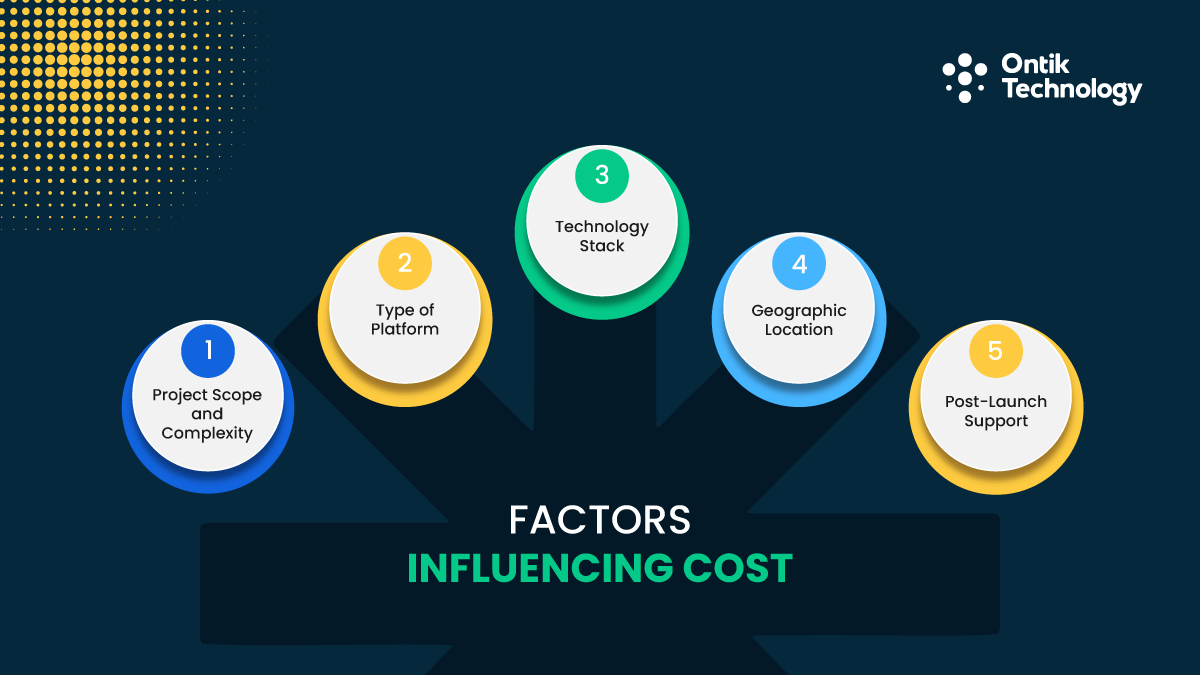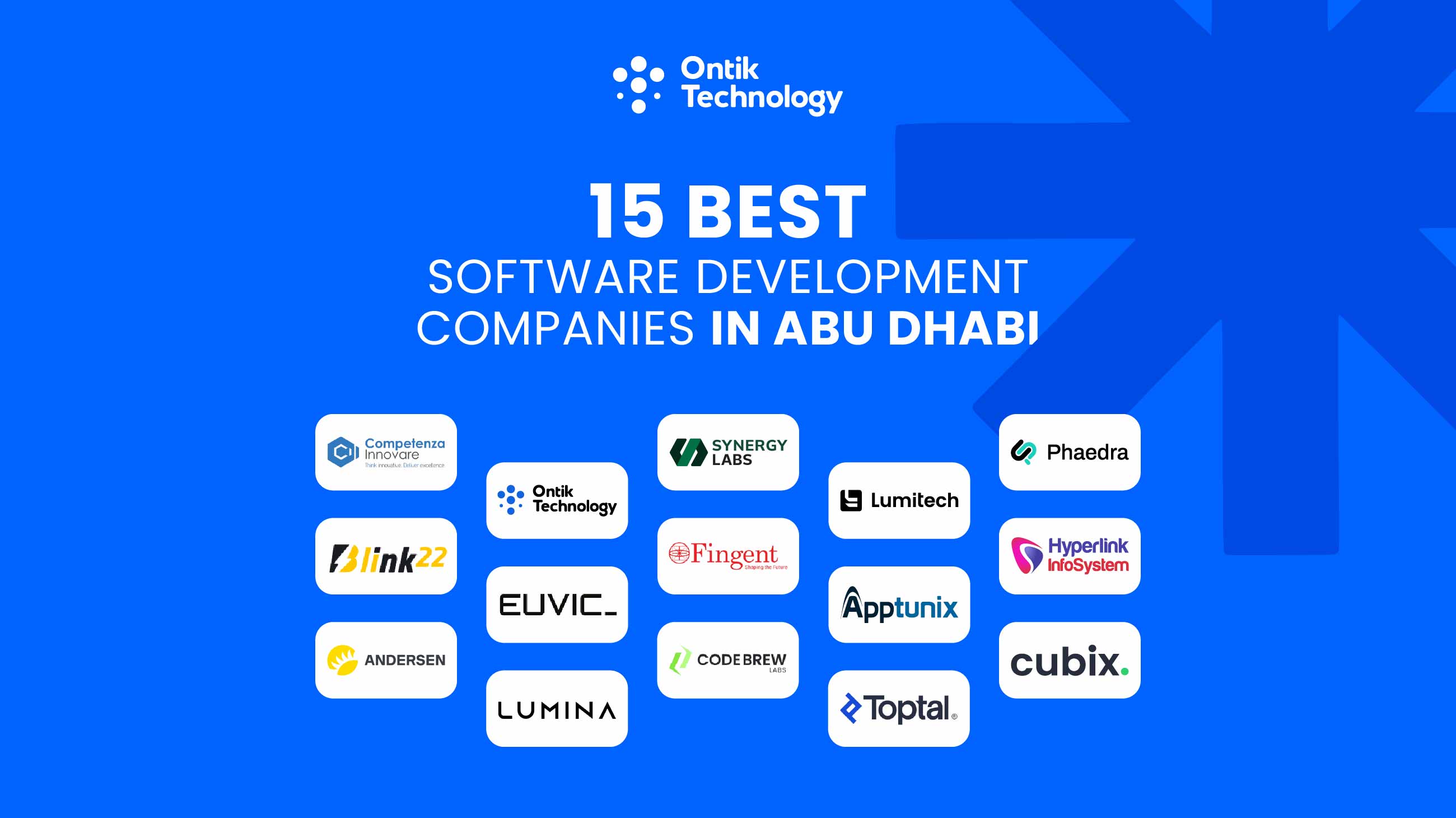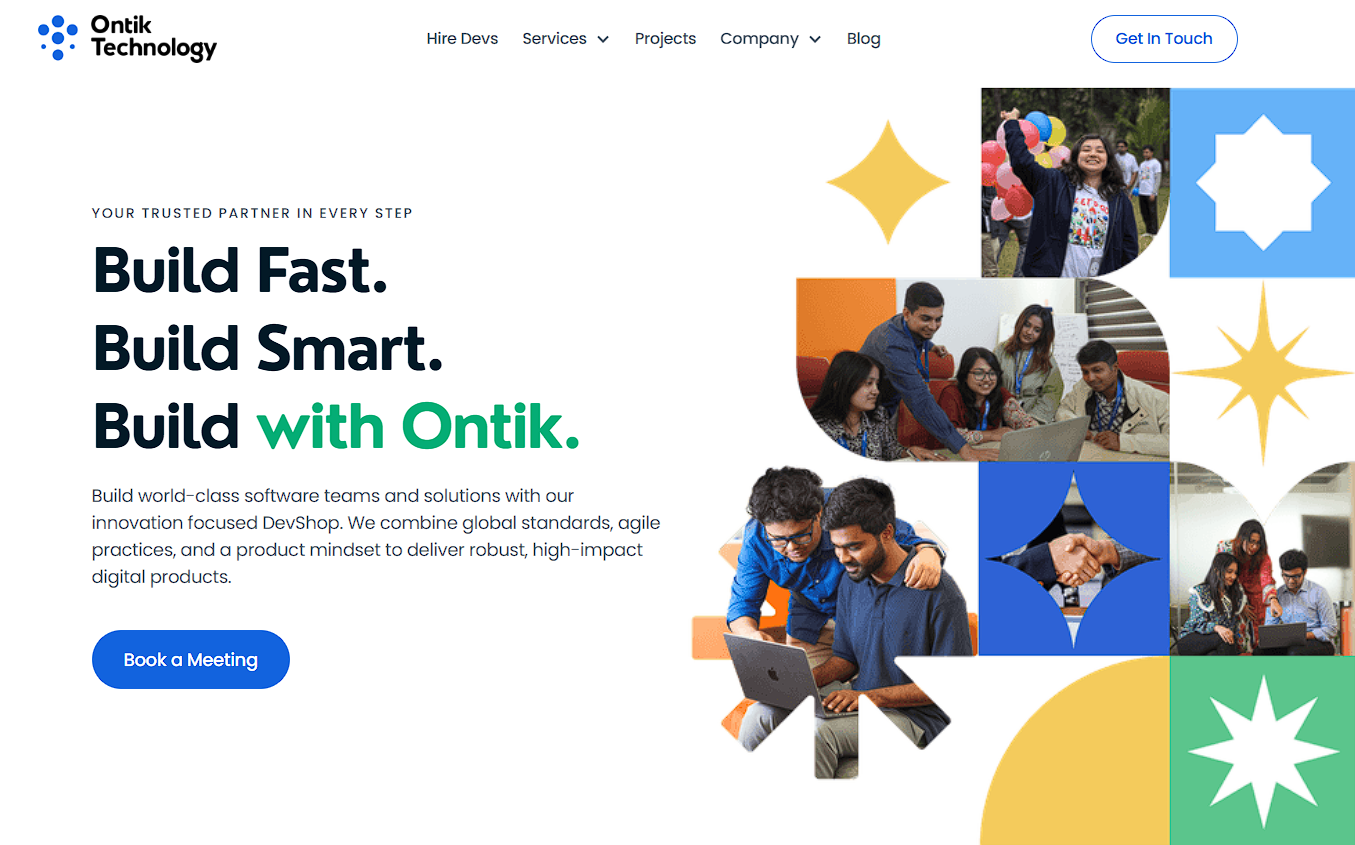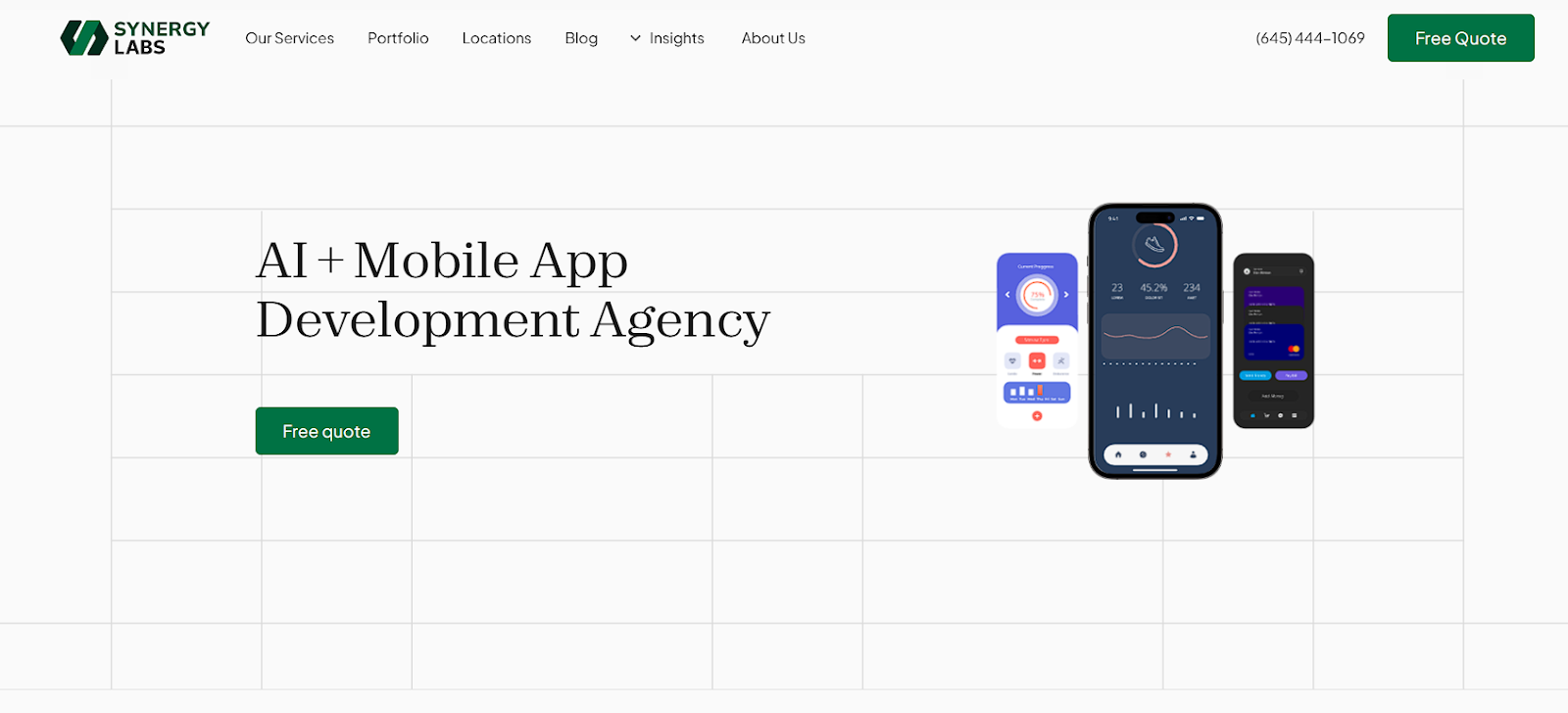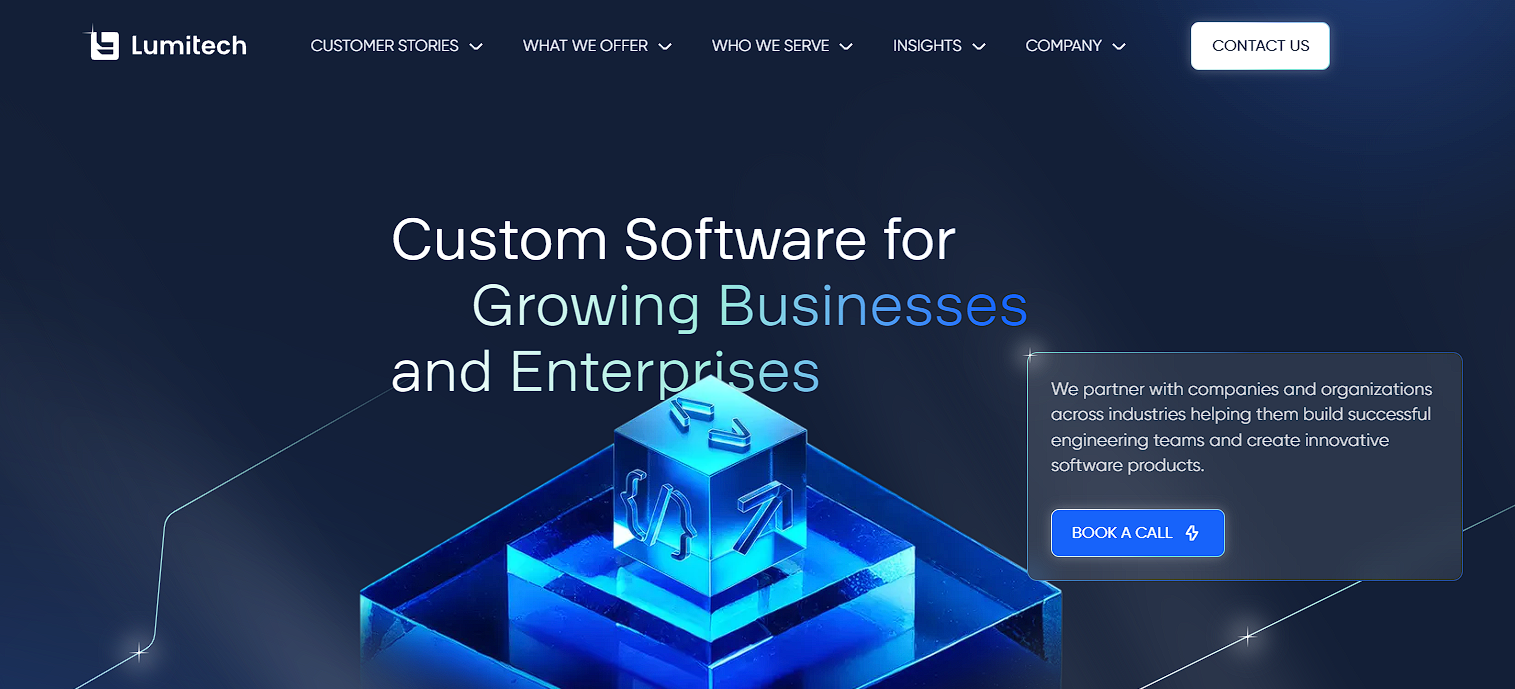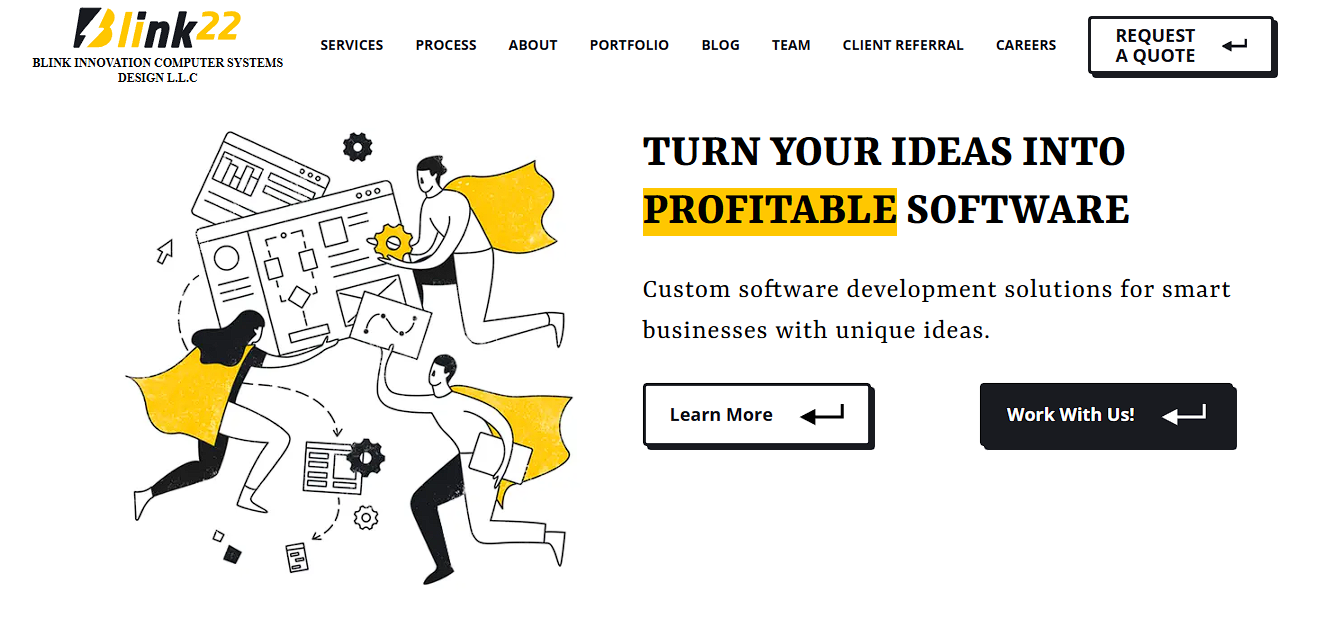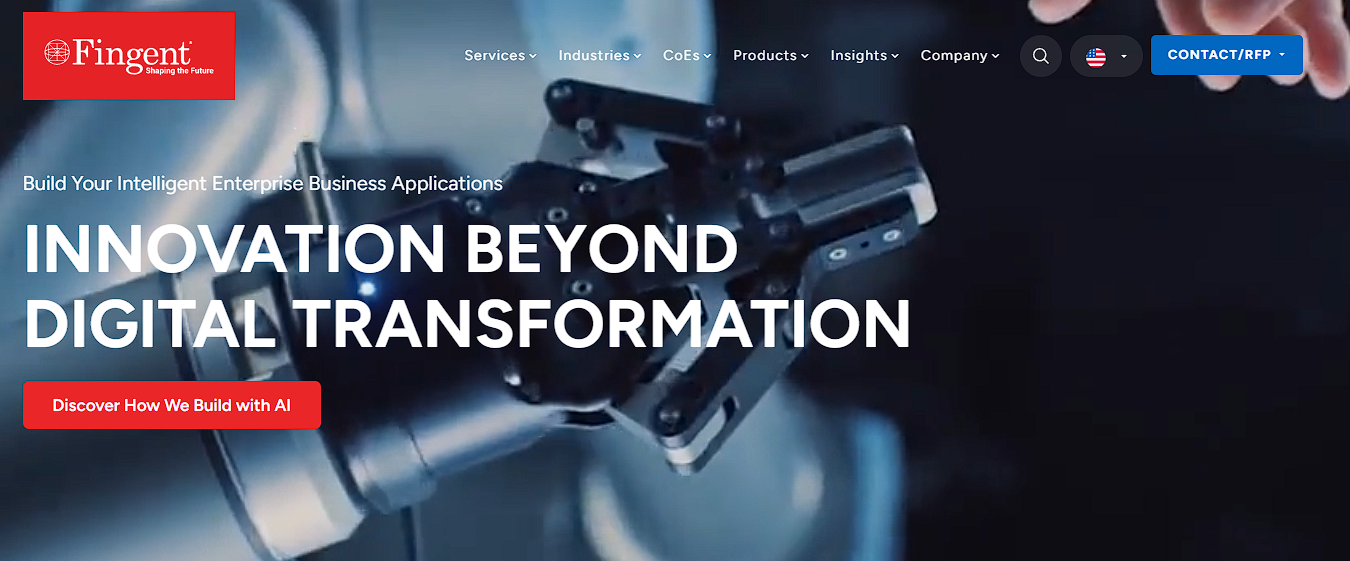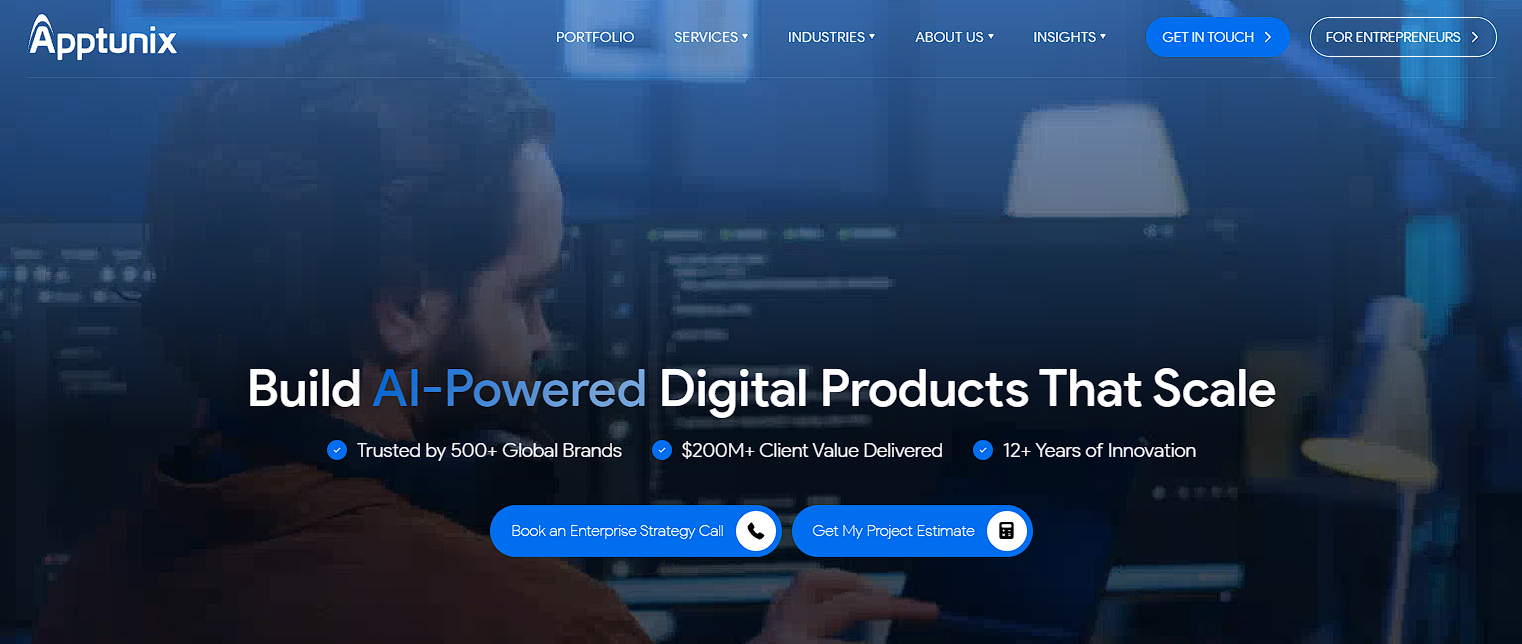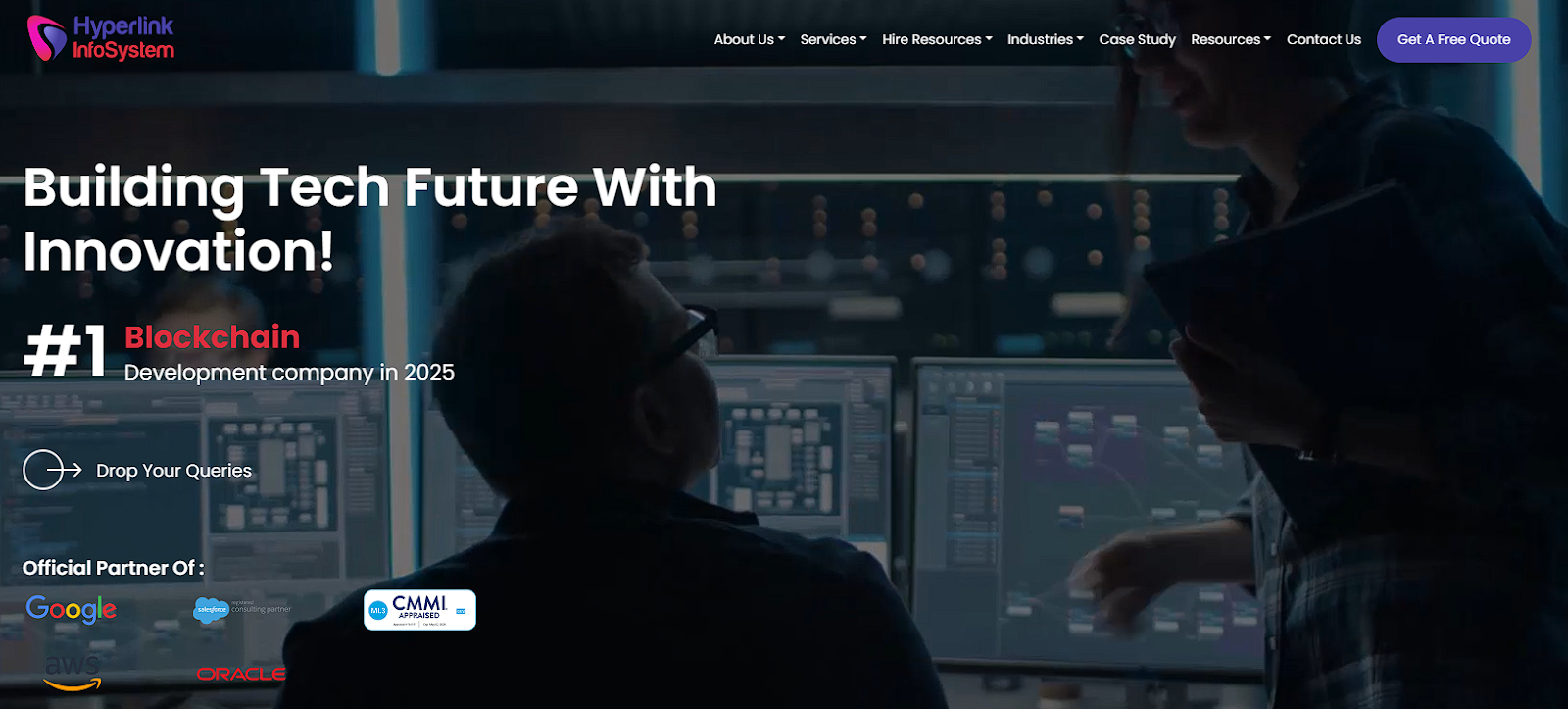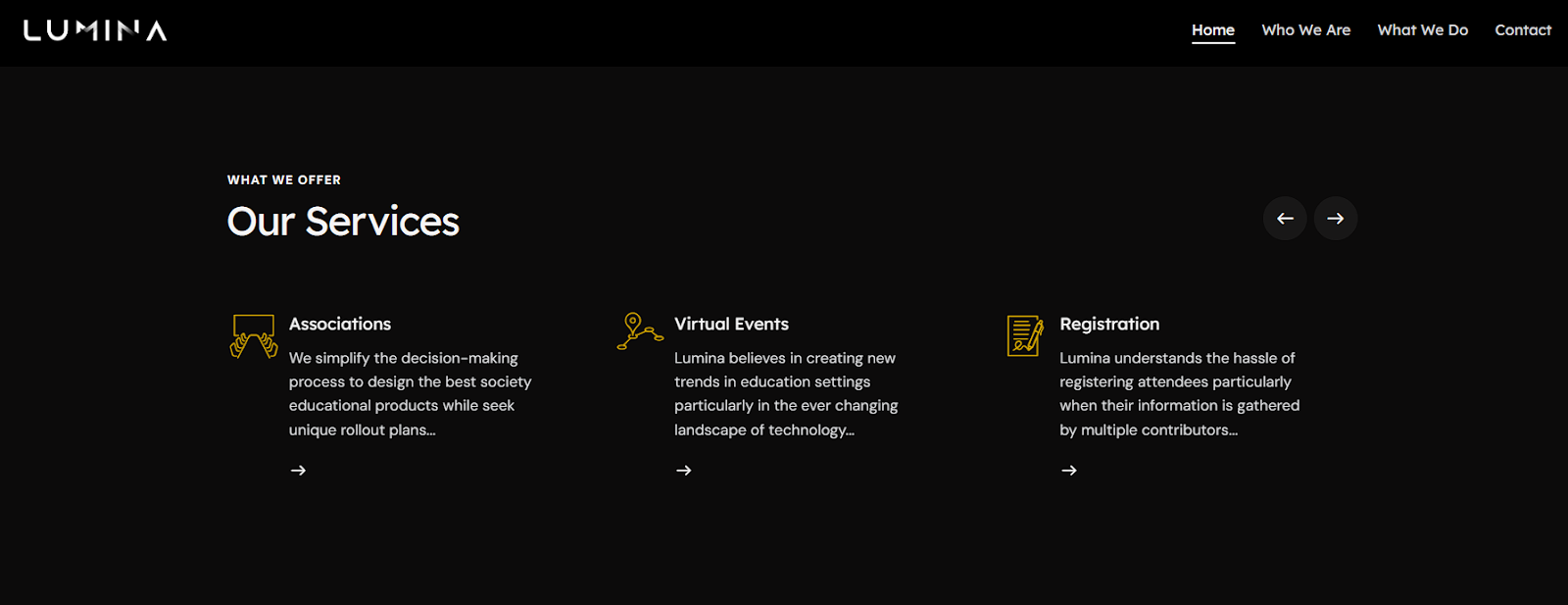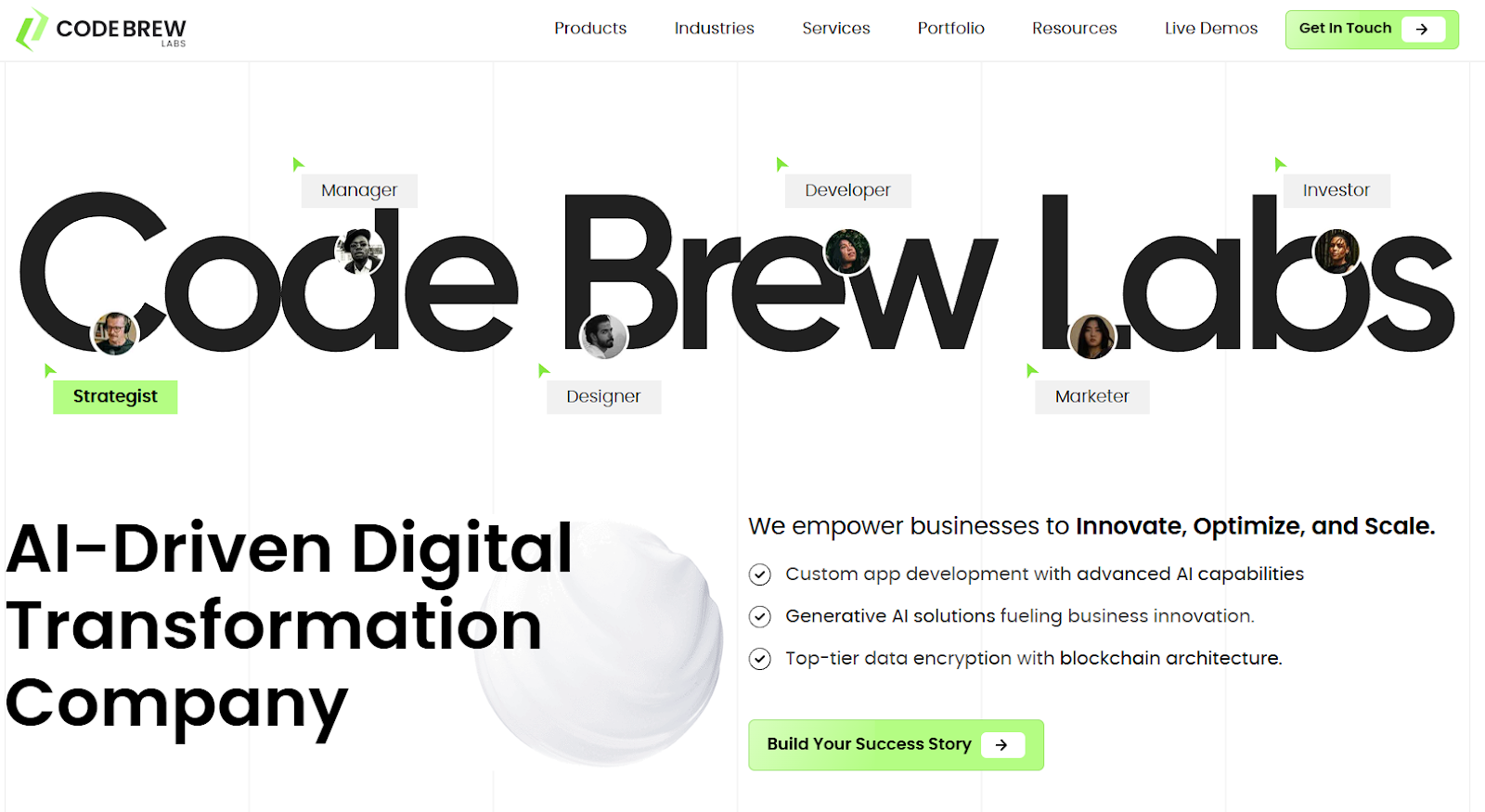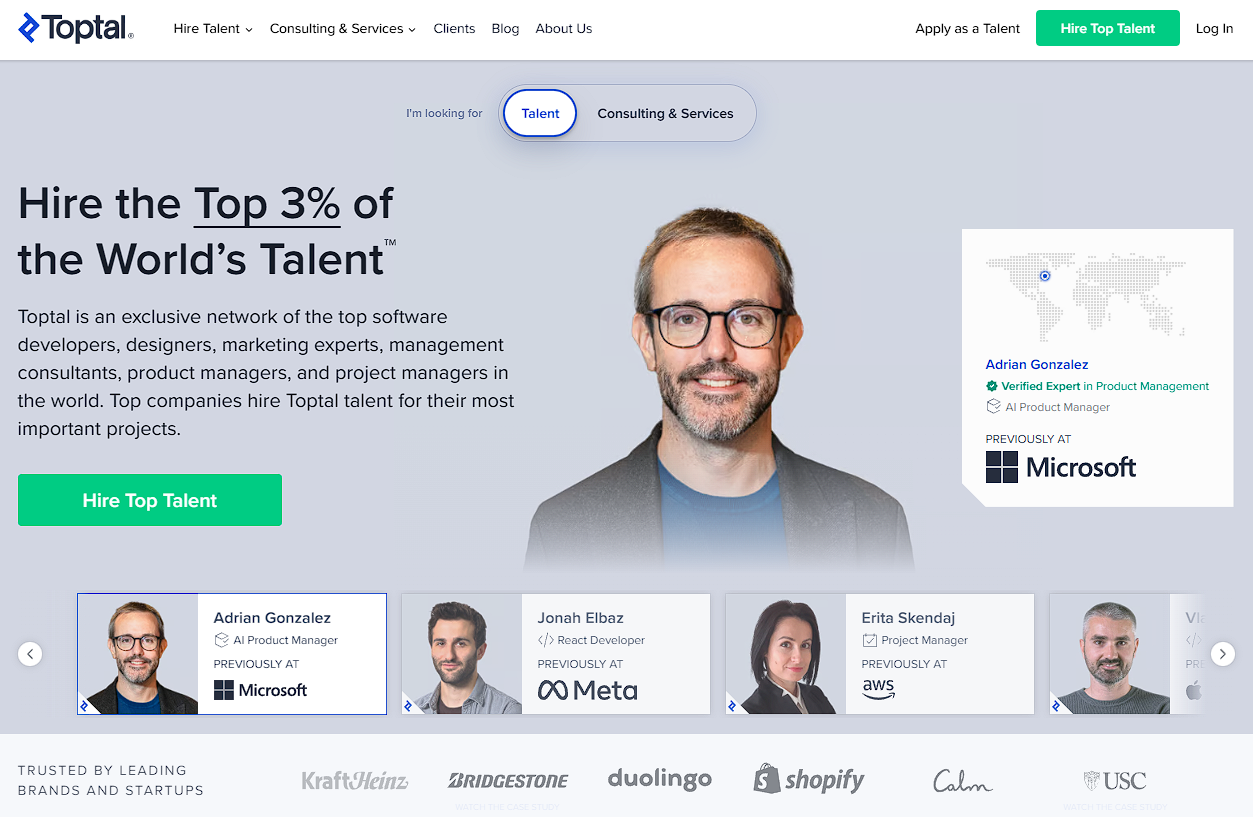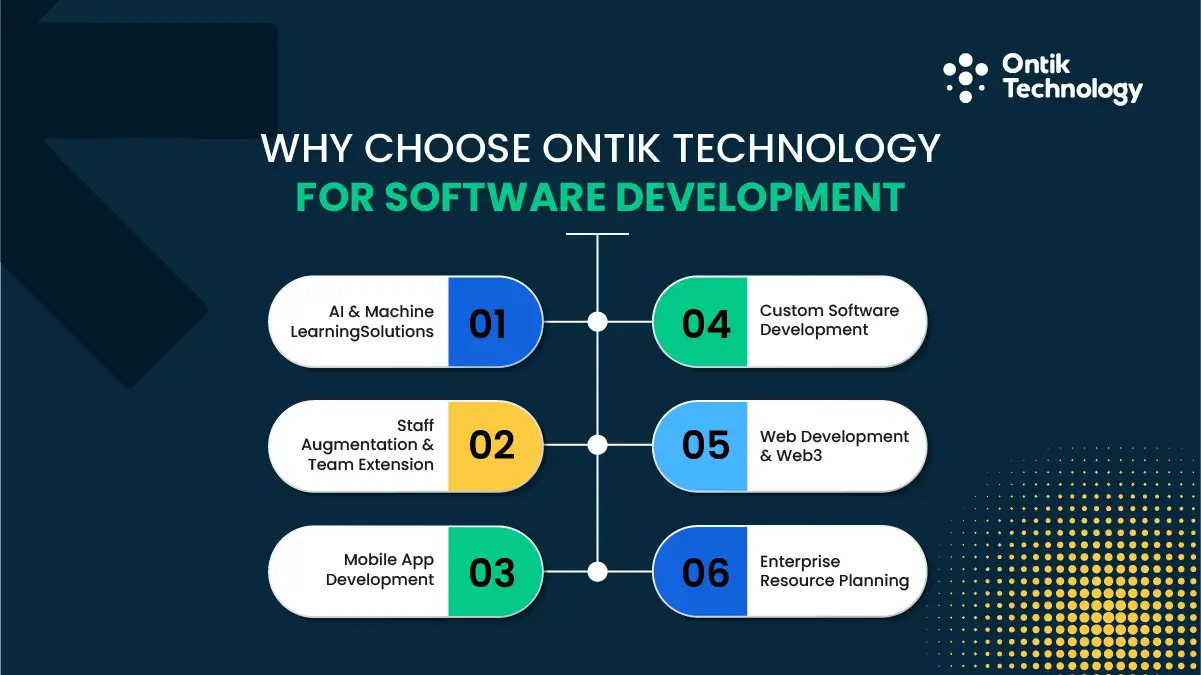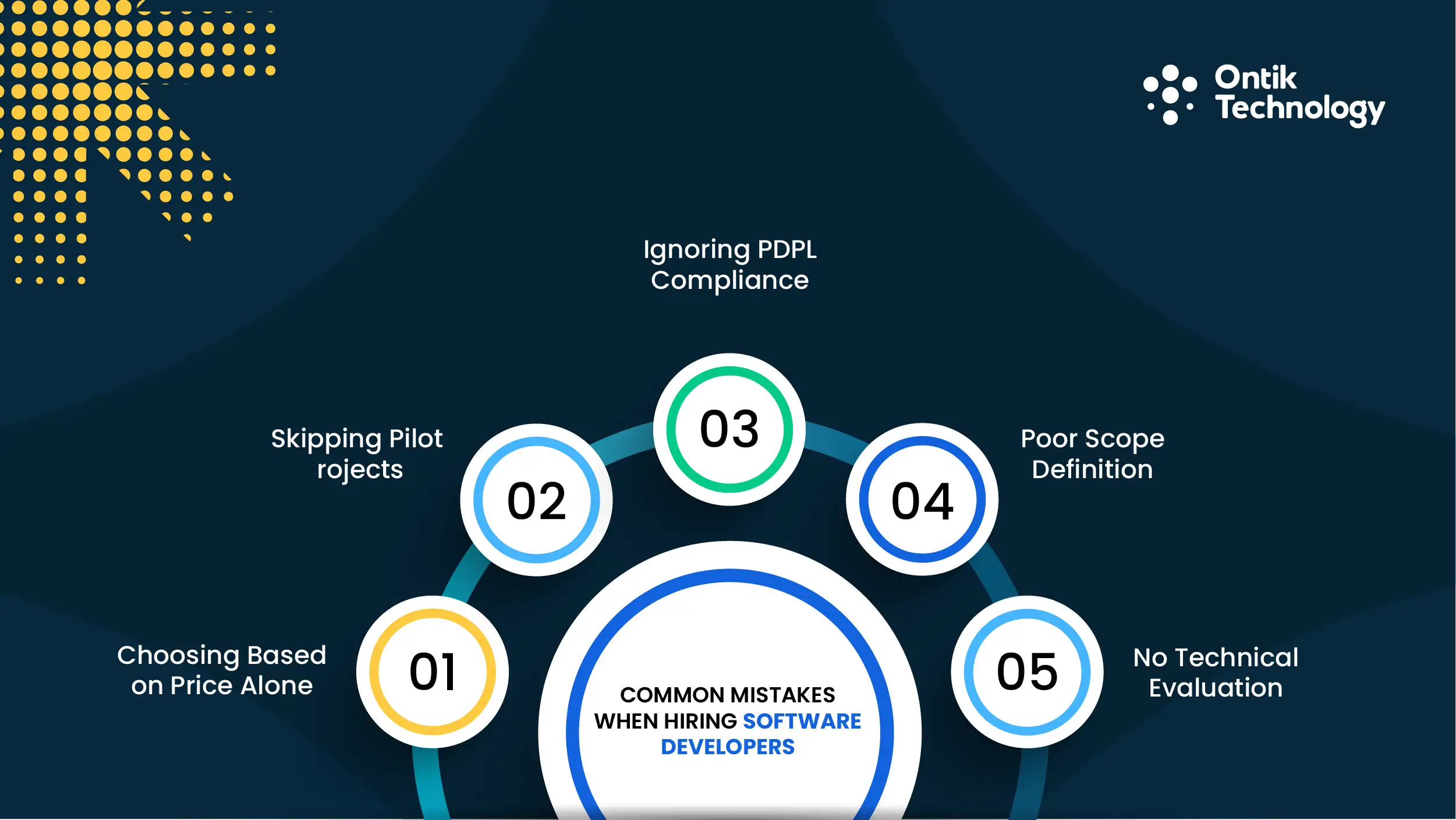Staff Augmentation Vs Managed Services: Find the Best Staffing Solution

Today, businesses don’t need to hire people to get their work done. Businesses don’t need to go through the hassle of hiring, onboarding, and retaining resources, which can be done by experienced, talented resources from other parts of the world, while also saving on your expenses. Thanks to technology and remote work, they can find skilled workers from anywhere in the world.
Employees are one of the most valuable parts of any company. With technology and remote work, businesses now have more hiring options. They don’t have to stick to one location—they can find skilled people from anywhere in the world. Many companies are now choosing to outsource important tasks and projects. The global outsourcing market is already worth over $260 billion and could double by 2030.
This article will explain two popular IT staff hiring models that help businesses grow: staff augmentation and managed services. While these two approaches might look alike at first, they function differently. Understanding how each one works can help you make the right decision and create a smarter plan for your business growth.
Global Market of Staff Augmentation Vs Managed Services
In 2022, IT services around the world were worth about $821.58 billion. In the near 2030, many Experts say and predict that the market will grow at a 9.1% rate. Also, in 2020, the IT outsourcing market was around $318.5 billion, and by 2026, it could reach $425.19 billion, growing about 4.5% each year.

These numbers indicate that startup founders and mid-level business owners do hire people from outside of the country, and it also helps to save their money and hire skilled people at a low cost, and save their time as well. These numbers show that companies today are not just depending on their teams. Instead, they are hiring skilled experts from outside to help with new ideas and better solutions. Staff augmentation and managed services are two popular ways businesses engage with offshore staffing teams.
Both offer benefits like saving money, gaining expert help, working more efficiently, and being able to scale easily. But these two methods apply to totally different use cases. If a company needs full project help for a long time, managed services might be a better choice. But if a business needs short-term support or help with a specific task, staff augmentation is a smart option.
Let’s talk about the main differences between managed services and staff augmentation. This will help you choose the right option for your current work. Let’s begin:
What is Staff Augmentation?
Staff augmentation means hiring resources from outside the country or a nearby company to help fill resource gaps for a short period. You don’t need to hire them full-time; instead, they are hired on a project basis. These resources can join when the project starts and leave once the project is completed.
This is a smart option for companies when they need special skills or more people for a short time. It’s also helpful when deadlines are close, but the team isn’t big enough to finish everything on time. Instead of spending a lot to hire permanent staff, companies bring in the right experts only when needed.
This is a smart move for any business owner or founder when they need skilled people for a short period. It can be very helpful when project deadlines are near, but the company doesn’t have enough resources to complete the work. Instead of spending on permanent hires, a company can find the right talent at a lower cost and bring in experts only when needed.
Note: Ontik Technology has the right resources to meet your needs. They have already worked on many staff augmentation projects and successfully fulfilled their clients’ requirements.
Example from Ontik Technology – Staff Augmentation in Action

Instead of hiring someone full-time, they asked Ontik for support. Ontik provided a Flutter expert who joined their team for two months. The expert worked with Chippit’s team, helped build the app smoothly, and left once the project was finished.
Ontik Technology is your go-to partner for smart staff augmentation. When Chippit faced a tight deadline and lacked React Native experts, Ontik stepped in with the perfect solution. Ontik tech-skilled Flutter developer who worked seamlessly with Chippit’s team for two months. No long hiring process. No wasted resources.
The result? The app was launched into the market on time, with high quality, and the client was fully satisfied. This is how Ontik helps businesses scale fast and efficiently. This way, Chippit didn’t waste time or money. The app was done on time, and everyone was happy.
Ontik Technology has done many projects like this. They have the right people to join your team when you need extra hands, just for the time you need them. Simple, fast, and budget-friendly.
Types of Staff Augmentation Models

There are various types of staff augmentation models available. Here, we'll discuss some popular models:
Onshore Staff Augmentation:
In this process, you can hire additional personnel from within the same country or region where your company is based. It provides advantages such as easier communication due to shared time zones. Sometimes, it may come with higher labor costs when you compare it to offshore or nearshore options.
Offshore Staff Augmentation:
This process involves hiring resources from a different country, often located in a different time zone. This model offers cost savings due to lower labor expenses in offshore locations But yes, there are potential challenges in communication and cultural differences. Leveraging time zone differences can provide access to a wider talent pool and round-the-clock productivity.
Nearshore Staff Augmentation:
In Nearshore staff augmentation, you can hire staff or resources from neighboring or nearby countries. This model strikes a balance between cost savings and proximity. It also offers advantages such as similar time zones, cultural affinity, and reduced travel time for collaboration.
Short-Term Support:
Bringing in extra help for a short time to handle urgent or temporary tasks, like seasonal work or a sudden rise in projects.
Long-Term Partnership:
Hiring professionals for a longer period when companies need ongoing help, but don’t want to hire permanent staff.
Blended Model:
Mixing different models by using local staff for one part of the job and remote or offshore staff for another part to balance cost and control.
Skill-Focused Hiring:
Hiring people with specific skills for a project when in-house teams don’t have those skills.
Expert-Level Talent:
Getting top experts who are very experienced or have special knowledge for complex tasks that need high-level talent.
So, it's up to you which one you prefer for your particular projects or business. If you're struggling to decide which one to choose, Ontik Technology's professionals can help. All you have to do is contact our expert team.
What are Managed Services?
What is Managed Service?
Managed service means giving some of your company’s IT work to another company (called a service provider) to handle for you. Businesses often do this through a monthly or yearly contract. You can outsource many types of tasks like software development, keeping your data safe (cybersecurity), moving data (data migration), or managing your databases. Types of IT Managed Services Models
The service provider does the job on their own—they don’t become part of your office team. Once you permit them, they’ll share how much it will cost and how long it will take. Then they work to get the job done as planned. Managed services are a smart choice for companies that want to save money and time. It helps reduce the pressure on your internal team while making sure the work is done well and on time.
Types of IT Managed Services Models
Ontik Technology offers flexible IT managed services that help your business run smoothly, stay secure, and grow faster, just the way you need it.

Looking for full-scale IT support? Ontik Technology’s Managed Services team delivers everything from: Dedicated Development Team, Team Augmentation, Outsourced MVP Development, Integrated Business Automation, Custom Software Development, Web Development, Web 3 Development, Mobile Development, Artificial Intelligence, UI/UX Design, BI & Data Science, Enterprise Resource Planning, Cybersecurity, to project-specific solutions all tailored to your business growth.
Staff Augmentation vs Managed Services: Discover the Strategic Benefits
Why Choose the Staff Augmentation Model?
Staff augmentation means hiring resources from outside the country or a nearby company to help fill resource gaps for a short period. It will help the company to move work faster, easier, and cheaper. Let’s look at how it helps:
1. Add or Remove People Easily
In the staff augmentation model, you can quickly hire resources and easily release them after the project ends. But in other models, you can't remove resources as easily. Based on the project requirements, you can hire or release team members without any restrictions
2. Finish Projects Faster
When you bring in skilled people quickly, your work gets done sooner. This means you can launch your app, website, or service before others do.
3. Get the Right Skills for the Job
Every project is different. Sometimes you need a designer, sometimes a developer. Staff augmentation lets you pick just the right person with the skills you need—no need to train anyone.
4. Grow Your Team Quickly
If your company suddenly has a lot of work, you can grow your team fast. You don’t have to wait for interviews and hiring steps. You just bring in ready-to-work people.
5. Save Office and Equipment Costs
You don’t need to spend money on a new office or tools. These people already have what they need. This helps your company save money.
6. You’re Still the Boss
In the staff augmentation model, even if new resources or team members come from outside the company or organization, you can still manage the project. You can assign tasks to them like a boss and make all the important decisions.
Why choose the IT Managed Services Model?
Managed services mean giving a full project or task to an outside company. They take care of everything—from planning to delivery. You don’t need to guide them every day. This model is perfect if you want to save time and focus on other business tasks. Let’s see how it helps:
1. Let Experts Handle Everything
You give the full job to a team that already knows what to do. You don’t have to explain every step. They plan, build, and deliver your project on their own.
2. No Need to Hire or Train People
You don’t need to spend time on interviews or training. The service provider already has skilled people who are ready to work from day one.
3. Focus on Business, Not the Tech Work
You can spend more time growing your business while the outside team takes care of the technical stuff. No need to worry about day-to-day problems.
4. Save Time on Project Management
In this model, you don’t manage the team. The managed service provider handles everything—timelines, quality, and delivery. You just review updates and give feedback.
5. Lower Long-Term Costs
Even though it might seem costly at first, managed services save money in the long run. You don’t pay for office space, tools, or full-time staff. You only pay for what you need.
6. Get Ongoing Support
Managed service providers often give 24/7 help. If something breaks, they fix it. If you need updates or changes, they handle it quickly without extra hiring.
7. Flexible Plans and Payments
IT Managed Services Model most of the approaches work on a monthly or yearly contract basis, based on your requirements, you may choose. There is no hidden cost here.
8. Better for Long-Term Projects
If you have a big or ongoing project, this model is a good choice. The team works like your tech partner and helps your company grow steadily.
9. Fewer Risks, More Peace of Mind
IT Managed Services Model the services follows some specific methods, like tested methods and so that there is less chance of mistakes, and they have proper backup and manage high security, and they can make sure the systems run smoothly and accurately.
10. Easy to Scale
If your business grows or changes, managed services can adjust quickly. They add more people or reduce the team based on your needs, without delays.
Key Differences Between Staff Augmentation and Managed Services
Staff Augmentation & Managed Services: Which Is Fit with You?
Ontik Technology provides both staff augmentation and managed services to help businesses meet project needs and team demands in the best way possible. Staff augmentation gives more flexibility. You can easily hire skilled people from outside for a short time or just for one project. Once the job is done, they can leave. You’re in full control of who joins and when.
Managed services don’t just mean signing a long-term contract—it fully depends on what the client specifically needs and how clearly those needs are defined. Once the tasks and deliverables are identified, the contract can be structured as mid-term or long-term. Instead of billing by man-hours, the pricing is often based on measurable outputs, such as the number of data migrations completed, issues resolved, or features delivered. In this model, Ontik Technology acts as a vendor managing the entire service delivery, not just providing people.
In short, If you want to control the whole team and manage the project, and you need the power to make changes at any time, then Ontik’s staff augmentation can support you. But if you need ongoing help with less hassle, our managed services are ready for long-term support.
Staff Augmentation & Managed Services: Which Is More Market Worthy?
At Ontik Technology, we enable scalable growth through both models, depending on your business goals. Managed services are usually easier to scale. With a managed team, you can quickly add services, people, or tools as your business grows because they already have the resources and systems to support it. With staff augmentation, scaling takes more effort. As you grow, you need to hire new people, and sometimes it’s hard to find the right talent.
In short, if you want to grow your business quickly, Ontik’s managed services can give you smoother and faster support, while staff augmentation keeps you flexible as you scale.
Staff Augmentation & Managed Services: Level of Control and Oversight
Ontik Technology ensures you get the right level of control depending on how hands-on you want to be. With staff augmentation, you stay in control. You manage the work, choose tasks, and follow up directly. It is helpful to track every step of the project. In a managed service model, you have full power to control everything or the service provider. They handle the work based on the agreement. You trust them to manage it well, but you won’t be involved in daily tasks.
In short: Pick staff augmentation from Ontik if you want to stay fully involved, or choose managed services if you prefer to focus on business while we handle the delivery.
Staff Augmentation & Managed Services: Which Is More Customizable?
Ontik Technology gives you full freedom to customize your project or hiring process based on your unique needs. Staff augmentation is highly customizable. You can bring in people with very specific skills for each task. They can work directly with your team, in your style.
Managed services are more fixed. The provider uses their way of doing things. It’s harder to ask for unique setups or changes outside their regular service.
In short, if you need highly skilled resources or to work with anyone who is an expert based on your requirements, then Ontik’s staff augmentation model is fit for your business.
Staff Augmentation & Managed Services: Which Scales or Uses More Security?
At Ontik Technology, both models are built with a strong focus on performance and protection. Managed services give stronger security. The providers are experts in data safety, threat detection, and system protection. They work 24/7 to keep your data safe.
With staff augmentation, it depends on your systems and rules. The external team might be skilled, but security still depends on your internal setup.
In short, for higher protection and full-time security help, managed services from Ontik are the better choice. But with our staff augmentation, you can still ensure compliance by aligning the team with your internal processes.
Staff Augmentation vs Managed Services: Pros & Cons
Here is a simple table showing the pros and cons of staff augmentation:
Here is a simple table showing the pros and cons of Managed Services:
How Leading Companies Leverage Staff Augmentation & Managed Services
🟡 Staff Augmentation for Agile Scaling
When Spotify needed to accelerate the development of its AI-powered recommendation engine, it used staff augmentation to quickly onboard machine learning specialists and data engineers for a 6-month project. This approach gave Spotify immediate access to niche expertise without long-term hiring commitments. Interestingly, while Spotify builds its core algorithms in-house through augmented teams, it relies on managed cloud services from Google Cloud to host its massive music catalog, showing how companies blend both models strategically.
🔵 Managed Services for Operational Excellence
Netflix's entire streaming infrastructure runs on AWS managed services, handling everything from global content delivery to autoscaling during peak demand. While Netflix outsources its infrastructure management, it simultaneously uses staff augmentation to bring in specialized video encoding engineers for short-term optimization projects. This dual approach allows Netflix to maintain 99.99% uptime (via managed services) while staying technologically competitive through targeted talent augmentation.
Choosing the Right Model for Scaling Your Business
Picking the right way to handle your IT work is important. Many companies now look at two main choices: staff augmentation vs managed services. Both models help your business in different ways, so choose based on your goals and needs.
Staff augmentation services mean hiring resources from outside the country or a nearby company to help fill resource gaps for a short period. This is helpful when your existing team needs support or you don’t have a certain skill in your company. The best part is, staff augmentation allows you to hire experts just for the time you need them. You stay in control and manage their work directly. That’s why staff augmentation offers more flexibility and quick help.
On the other hand, the managed services model is when you give a full job or task to a third-party provider. You don’t manage them daily—they handle the work for you. Managed services involve outsourcing, which means giving some of your company’s IT work to another company (called a service provider) to handle for you. Businesses often do this through a monthly or yearly contract.
When deciding between staff augmentation and managed services, think about how much control you need, how long you need the help for, and how much budget you have. Staff augmentation services are fit for short-term projects or if you need skilled people for a short time. You can add people quickly, work with them, and release them when the job is done. It also costs less for small tasks. But if you need full support all the time, managed services provide a more stable solution.
Yes, managed services may cost more each month, but they save you time and reduce stress. You don’t need to manage people yourself. You can trust the managed service provider to take care of things. Some companies use both models at the same time. This way, they can enjoy the strengths of both. For example, they use staff augmentation for a short project and managed services for long-term support.
When choosing your outsourcing model, think about your business goals. Do you need help right now for a short time? Go with staff augmentation. Want to stop worrying about IT and get full-time help? Then choose managed services. There are pros and cons to both models. Just make sure to look at what your project needs. If you're still unsure, talk to an expert.
At Ontik Technology, we understand the difference between staff augmentation vs managed services. We’ve helped many businesses choose the right model. If you want to outsource your IT work the right way, we’re here to help. Why Ontik Technology is a perfect fit for both Staff Augmentation and Managed Services models:
- Flexible to Your Needs
Ontik Technology can provide the right people when you need them and for how long you need them—perfect for short projects or long-term support. - Fast Team Building
They can quickly give you expert developers, designers, or testers without you waiting for weeks to hire full-time staff. - Skilled and Trusted Experts
Ontik already has skilled people who have worked on many different projects. You get experienced hands without the training hassle. - Stay in Control or Leave It to Them
If you want to manage the project yourself, Ontik supports that. If you want them to handle everything, they can do that too. You choose your comfort level. - Cost-Saving Solutions
They give you high-quality services at a lower cost than building a big in-house team. You get more value for your money. - Great for Small or Big Projects
Whether it’s a small task or a full mobile app, Ontik can support both staff augmentation and managed services with equal success. - Smooth Communication
Their team talks, updates regularly, and always listens. So, there’s no confusion—just smooth work. - Proven Track Record
Ontik has already worked with different clients worldwide under both models and helped them finish their projects on time.
Final Thoughts
In the end, both staff augmentation and managed services help businesses based on the requirements of the business owner or founders. Both models can save money and help to improve the work quality, provide resources at low cost, and provide expert help when needed. To pick the best software development outsourcing model, first of all, you may decide what your requirements are, what is needed for your services, how long your project is, how much you need to control your business, and your budget. Each model has its advantages and disadvantages, so choose the right model that fits your business goal and which helps you to get high ROI, and pick one model that fits your team, your projects, and your plans.


